Our Services
OSGPL has a wide range of testing facilities for performing the Physical and Non-Destructive test & Geotechnical investigation under controlled environmental condition in accordance with the BIS & other International Standard.
At OSGPL, we employ a team of highly skilled experts and technicians specializing in a wide range of services, including Pile Load Testing, Anchoring & Grouting, Non-Destructive Testing, Soil Testing, and many other geotechnical assessments.
Our commitment to responsiveness, flexibility, quality, and innovation reflects the high standards our clients expect — and deserve.

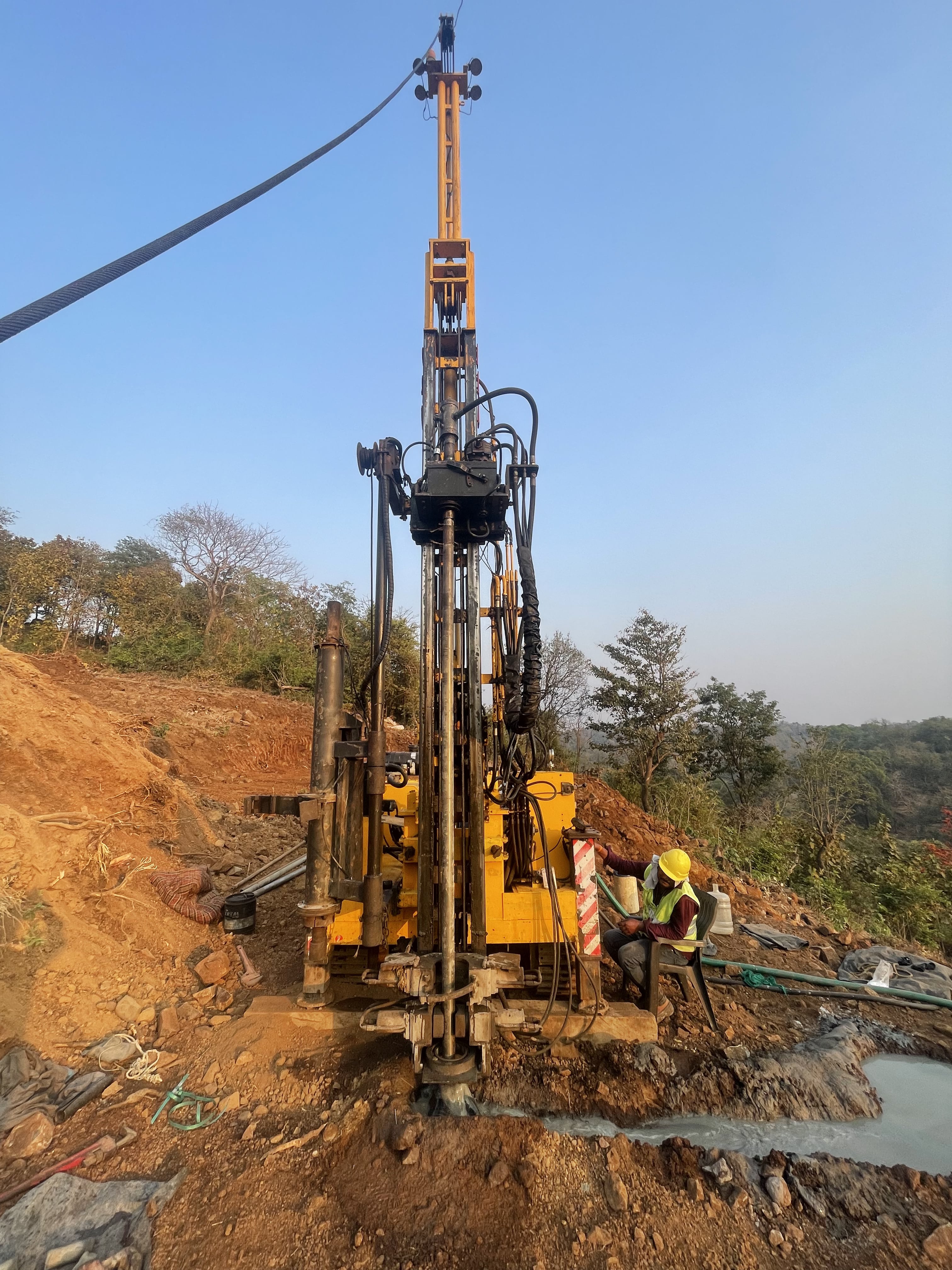
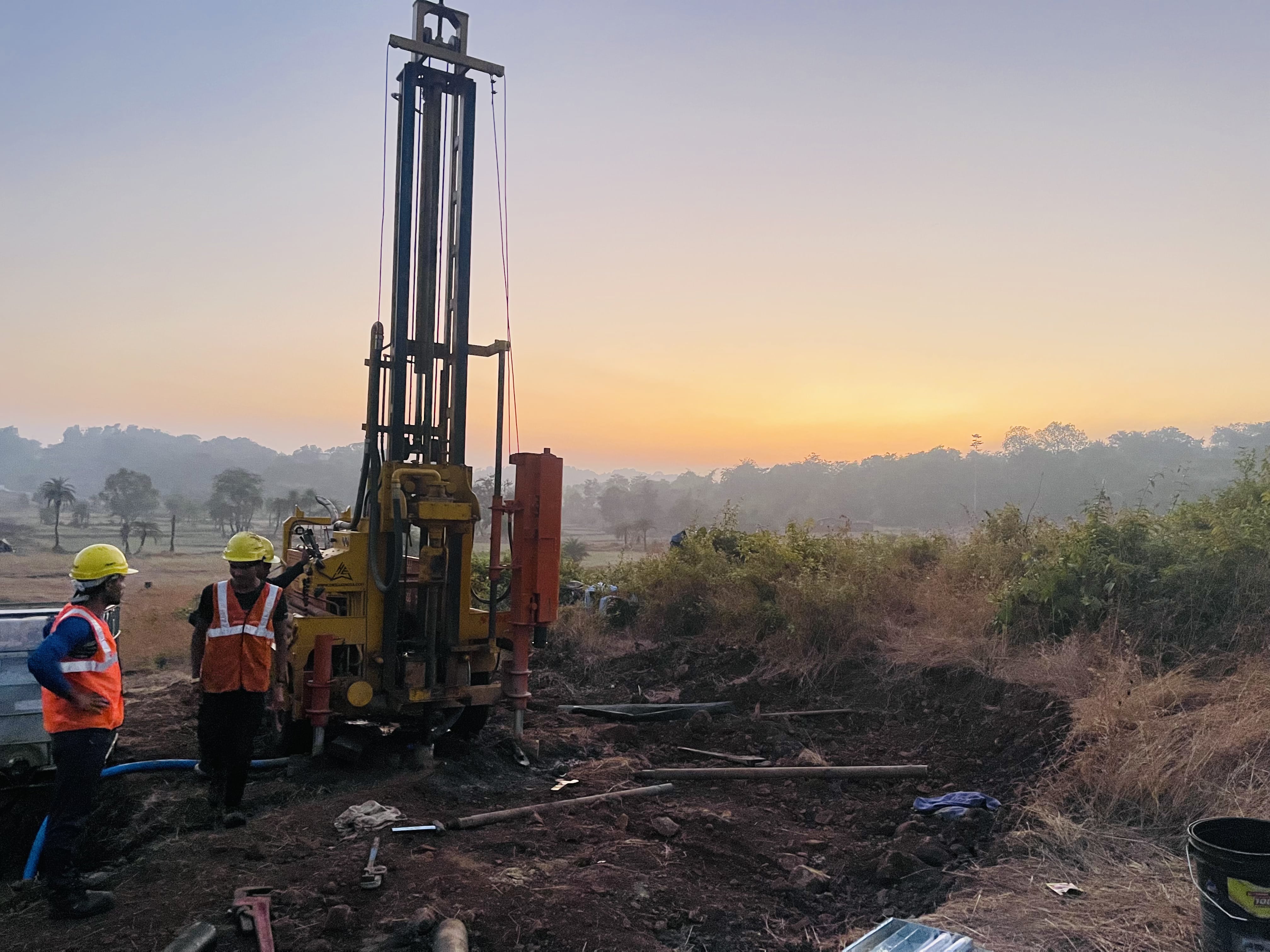

Soil Investigation
Soil investigation is a critical process carried out before the start of any construction project to assess the condition, composition, and strength of the ground. This involves collecting and analyzing soil samples to understand its physical and chemical properties, bearing capacity, and suitability for supporting structures. The investigation helps identify potential issues such as weak layers, groundwater levels, or contamination, which could affect the stability and safety of the construction. Techniques used may include borehole drilling, standard penetration tests (SPT), cone penetration tests (CPT), and laboratory analysis.

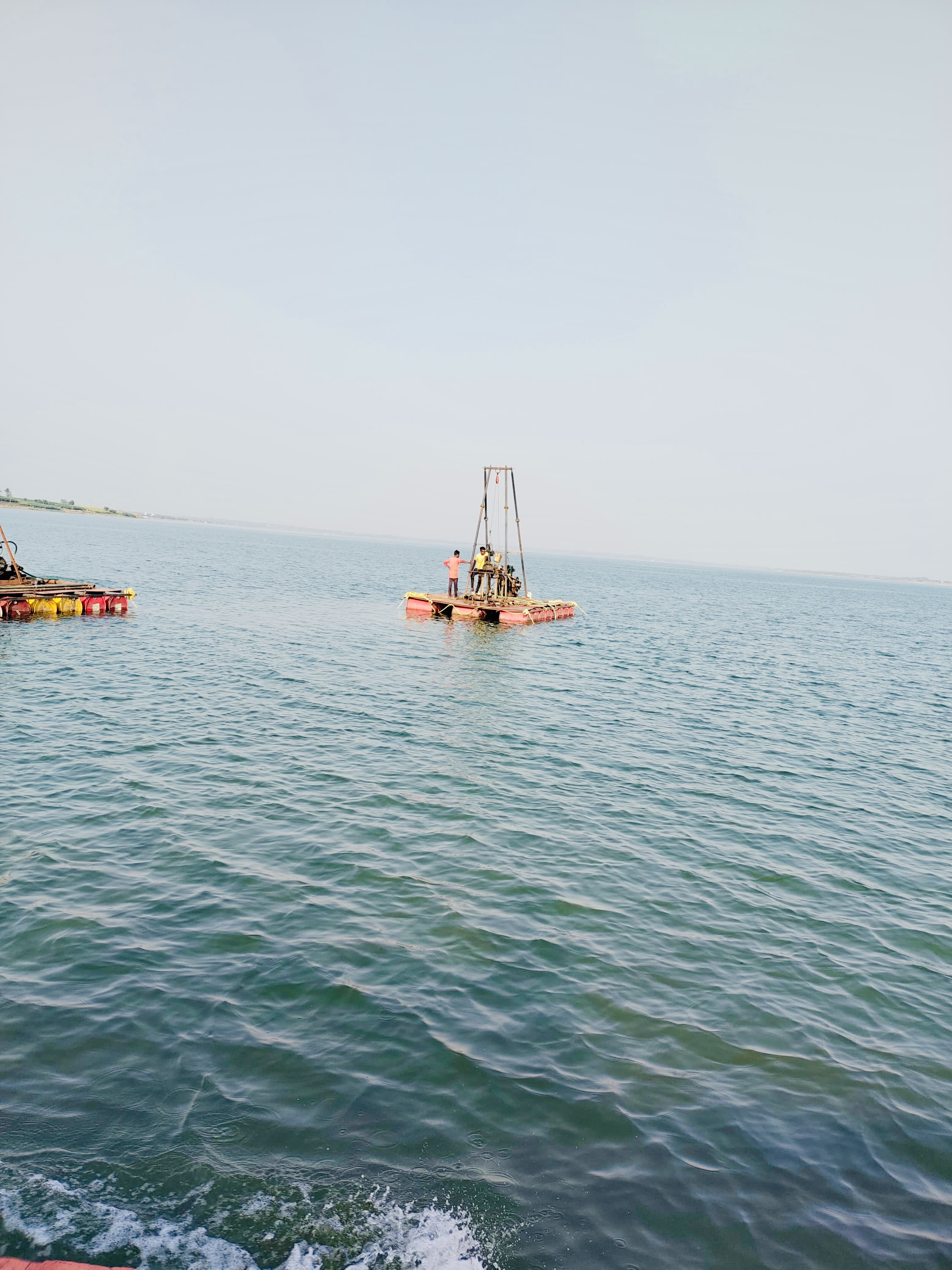
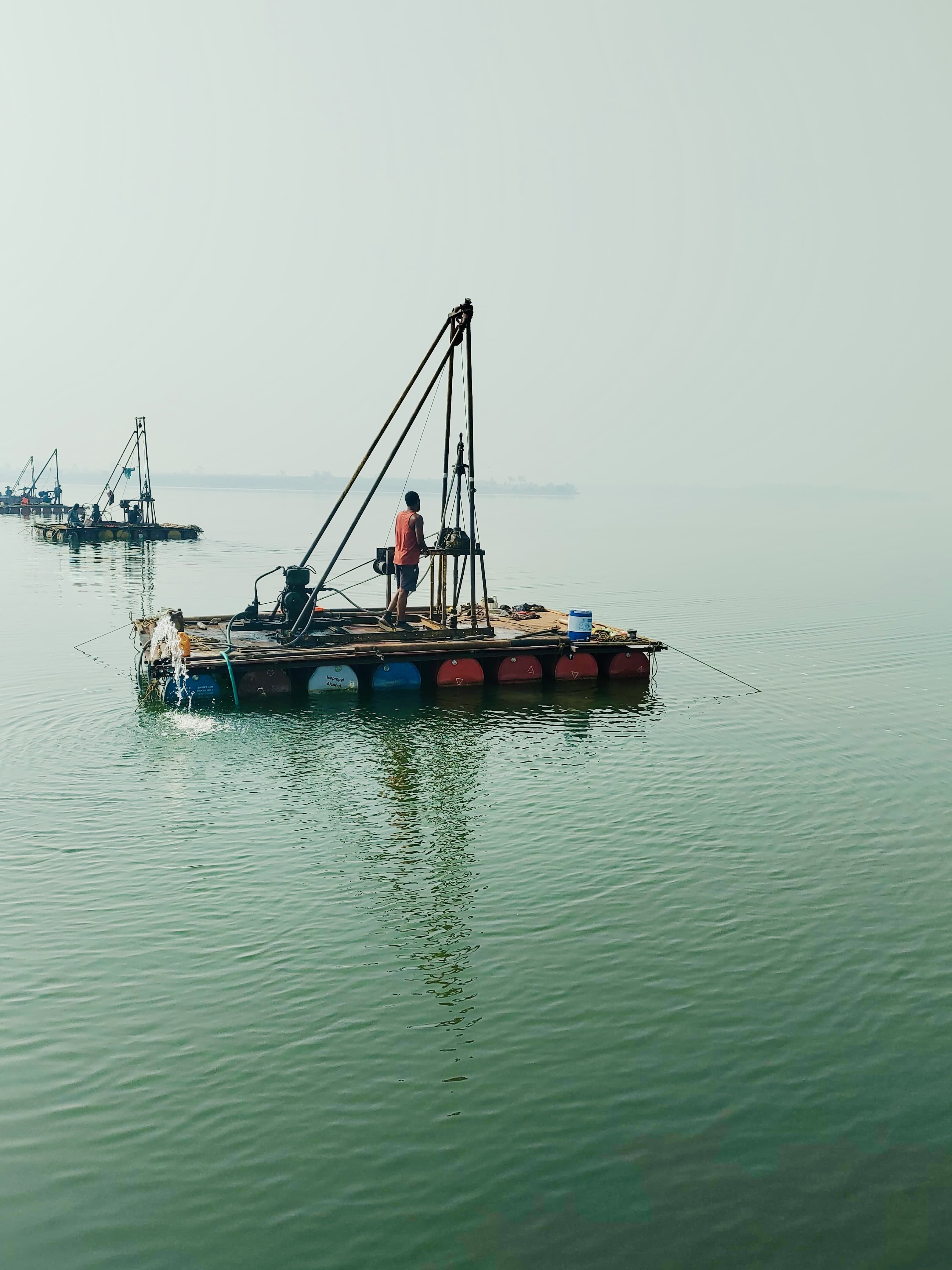
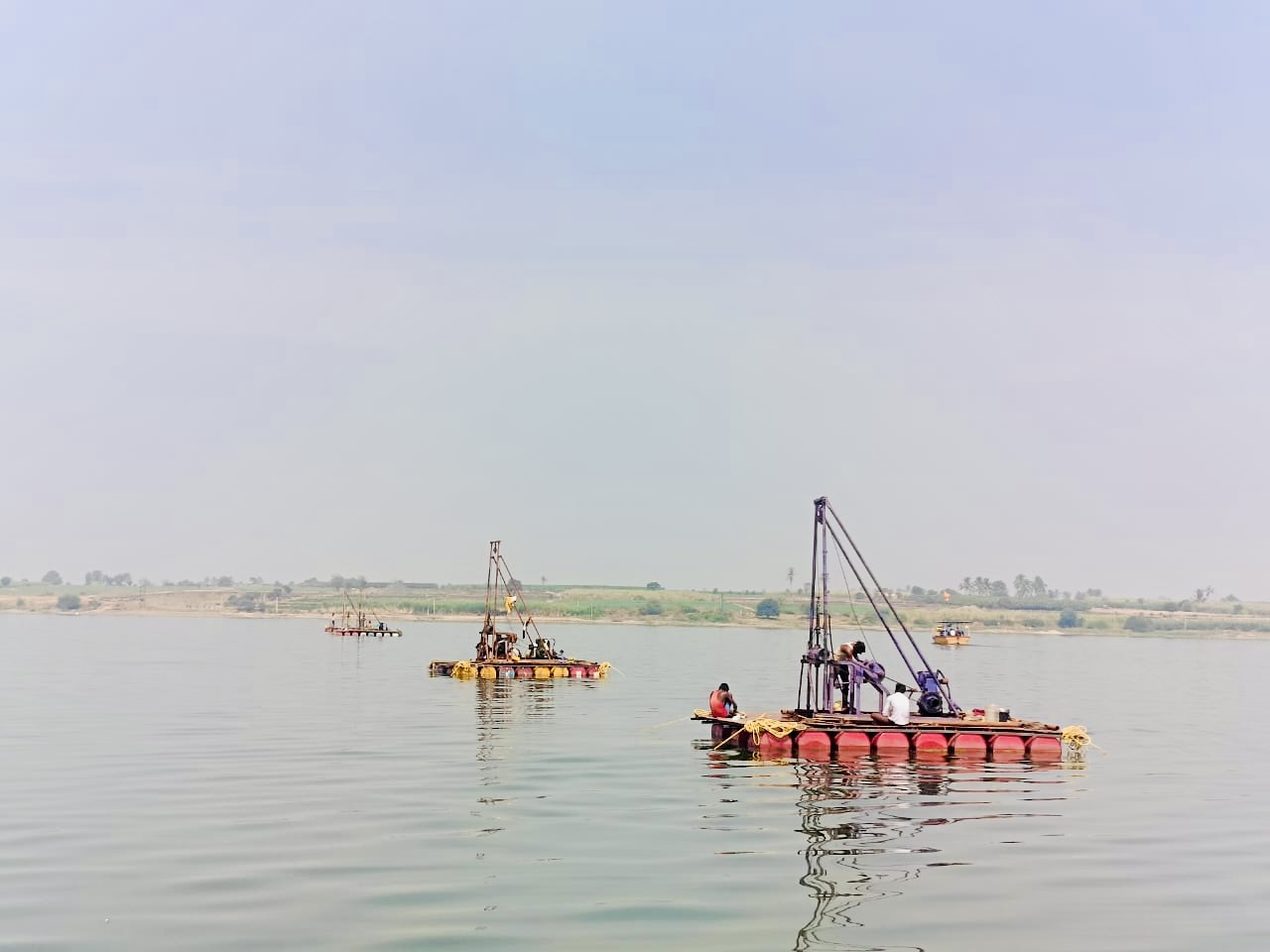
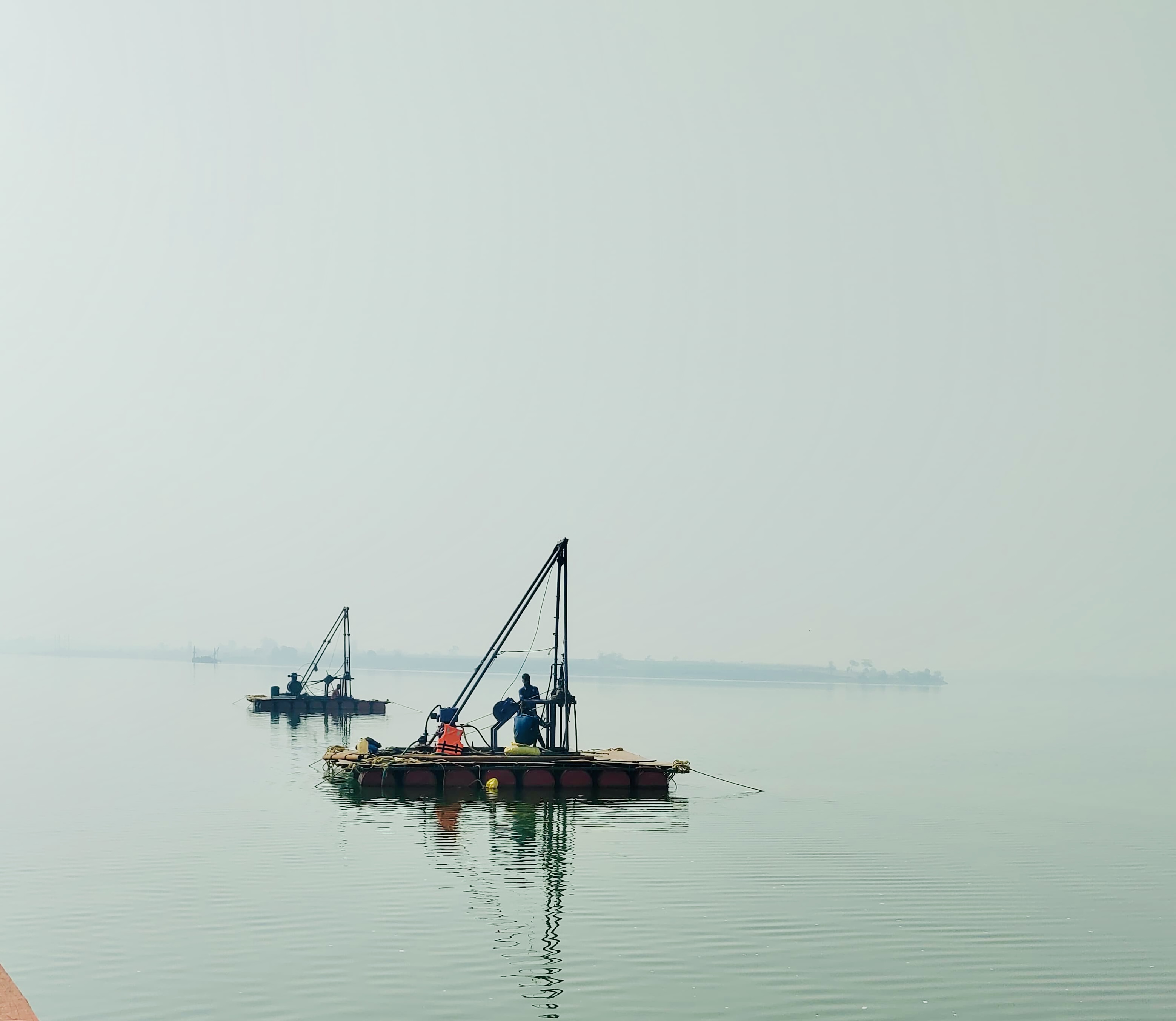
On Shore Soil Investigation
Onshore soil investigation is the process of evaluating soil and ground conditions at land-based construction sites. It involves collecting soil and rock samples through methods like drilling, test pits, and in-situ testing to determine the site's geological, geotechnical, and hydrological properties. This investigation helps engineers assess the bearing capacity of the soil, identify potential settlement or stability issues, locate groundwater tables, and detect any subsurface anomalies. The data gathered supports the safe and efficient design of foundations, retaining structures, roads, pipelines, and other infrastructure.
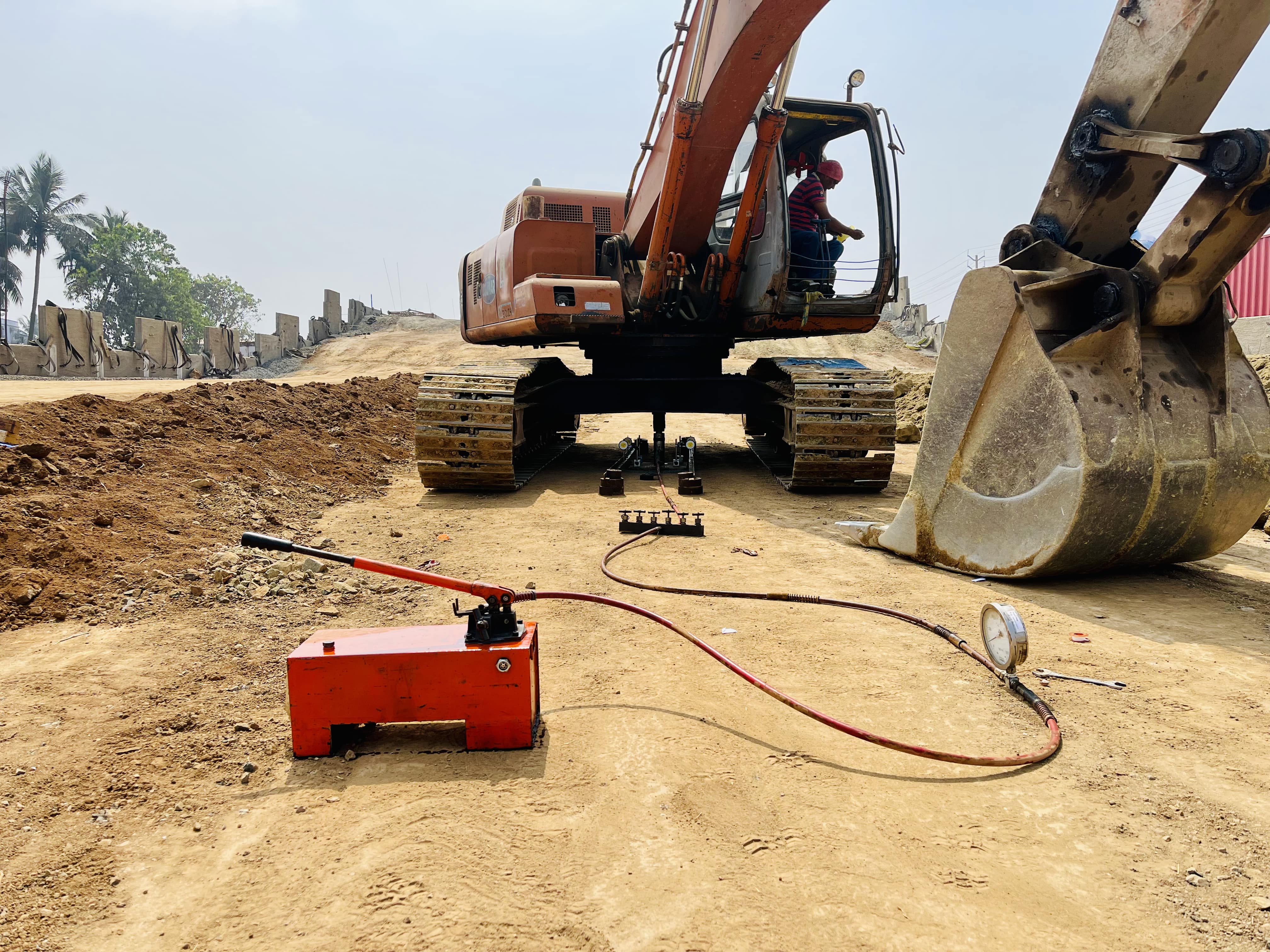
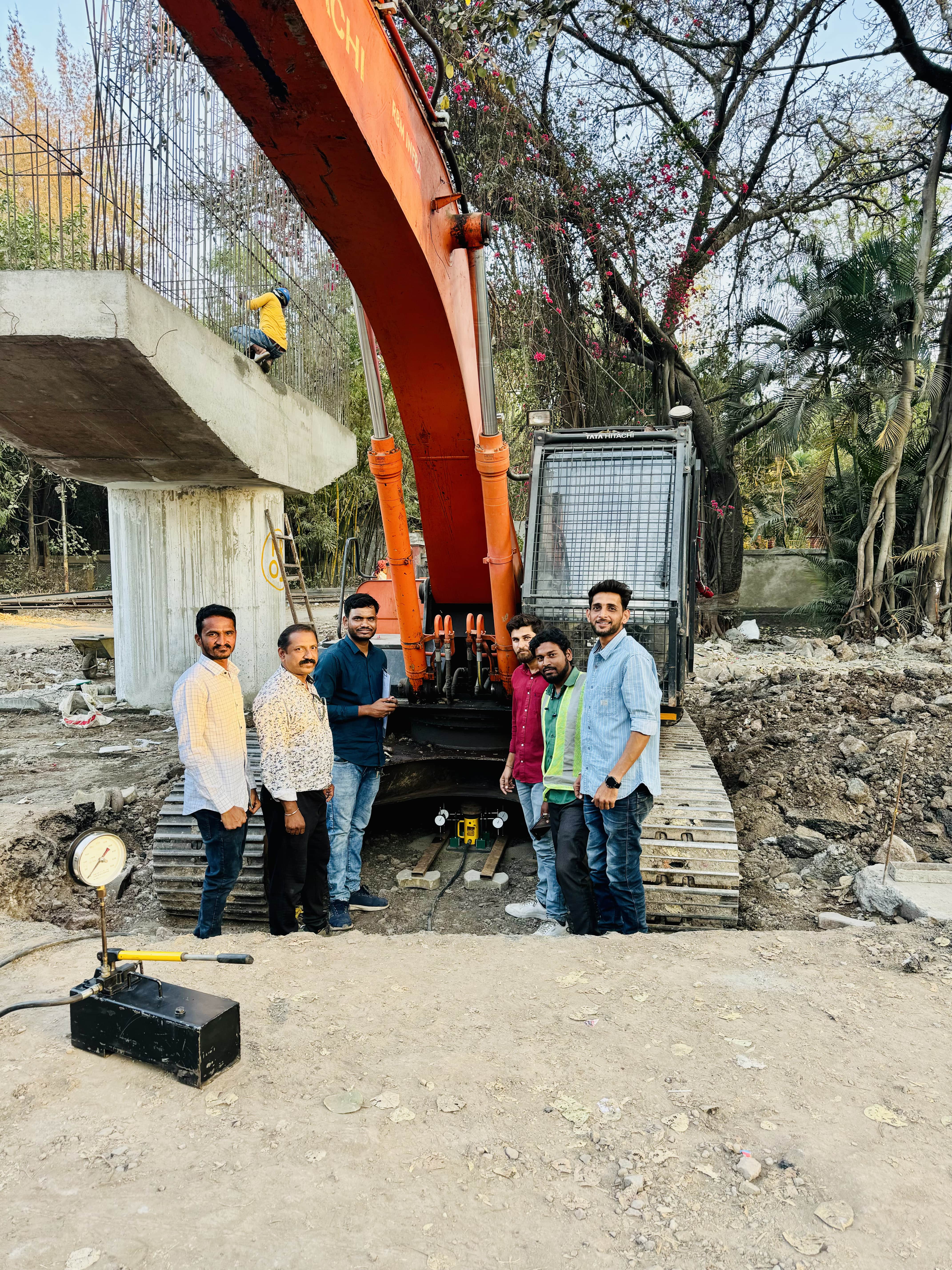
Plate Load Test
A plate load test also known as plate bearing test. Plate load test determines the grounds bearing capacities.
Also, it finds the actual strength by applying and increasing load from a circular steel plate to induce settlement.
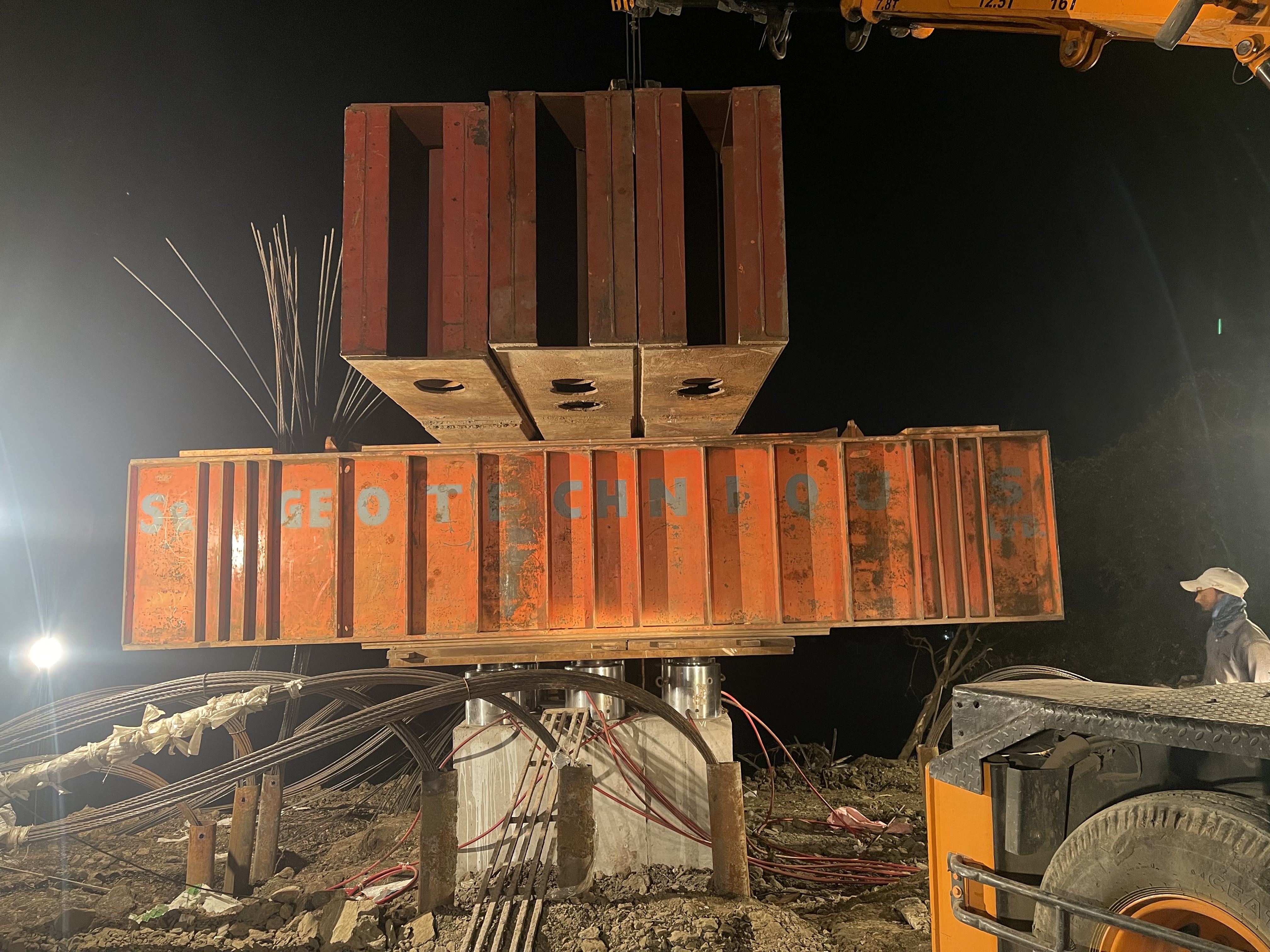

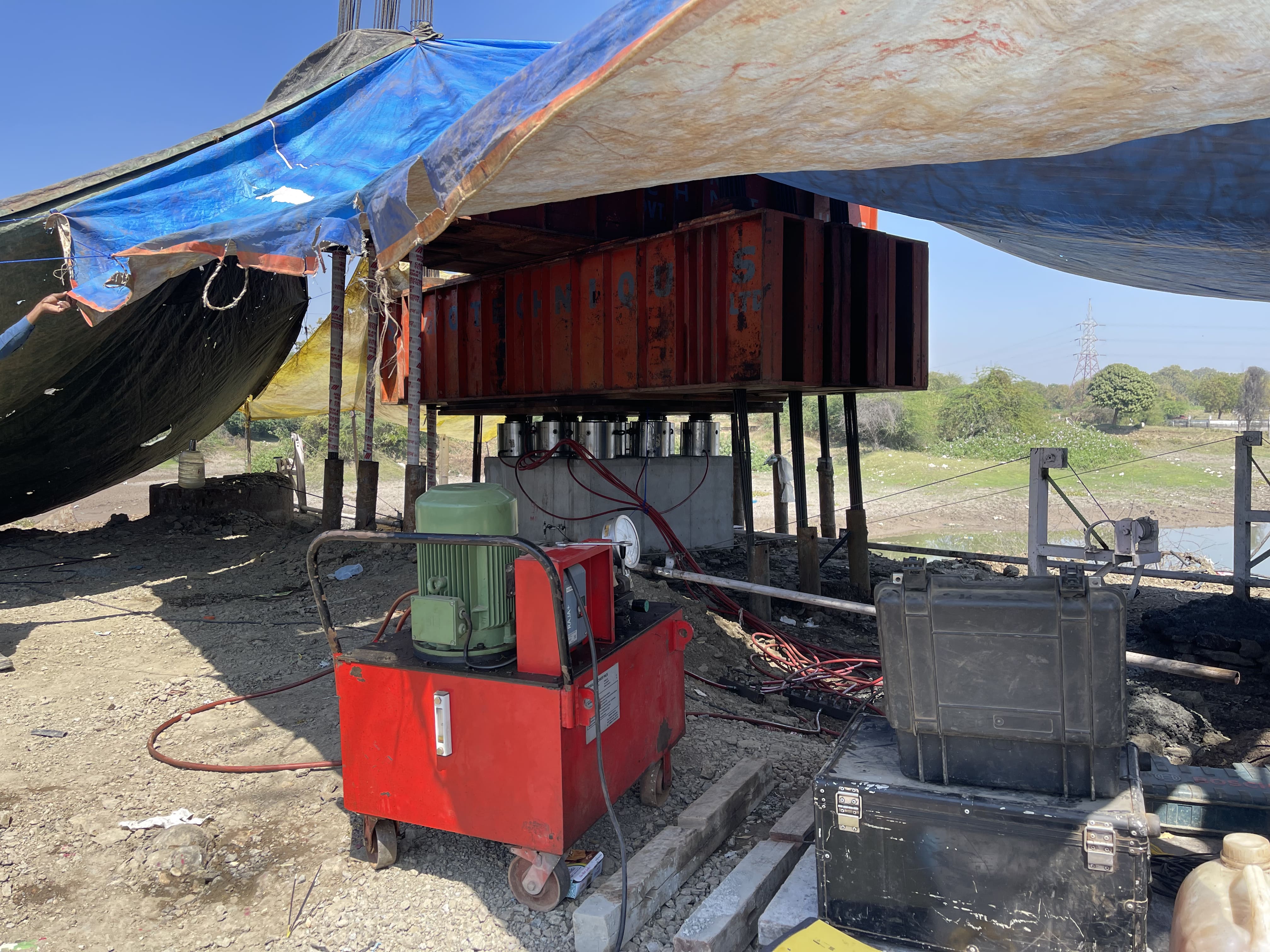
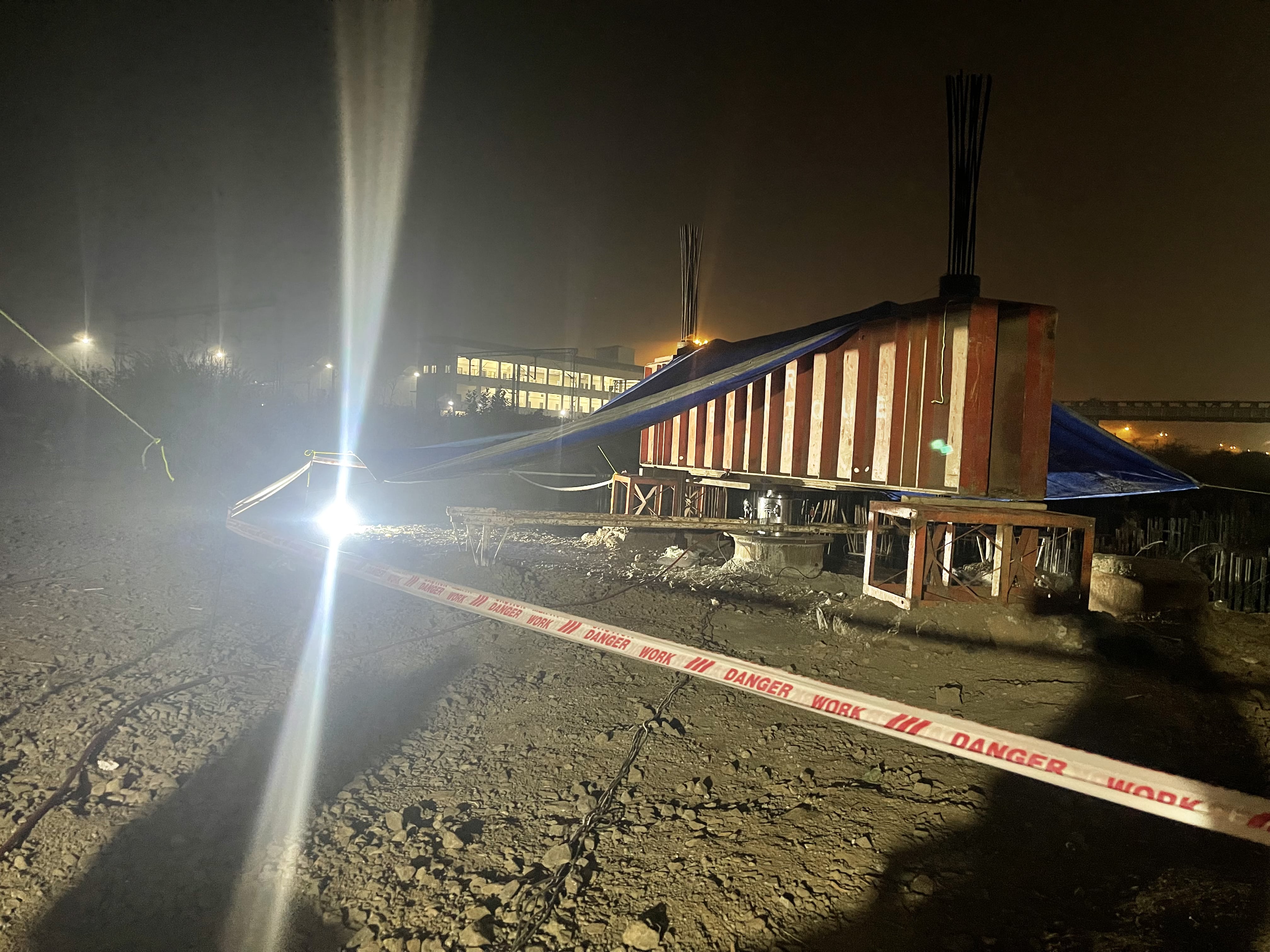
Static Pile Load Test
Static Load Tests measure the response of a pile under and applied load and are the most accurate method for determining pile capacities & settlement of pile.
They can determine the ultimate failure load of a foundation pile and determine its capacity to support the load without continuous displacement.

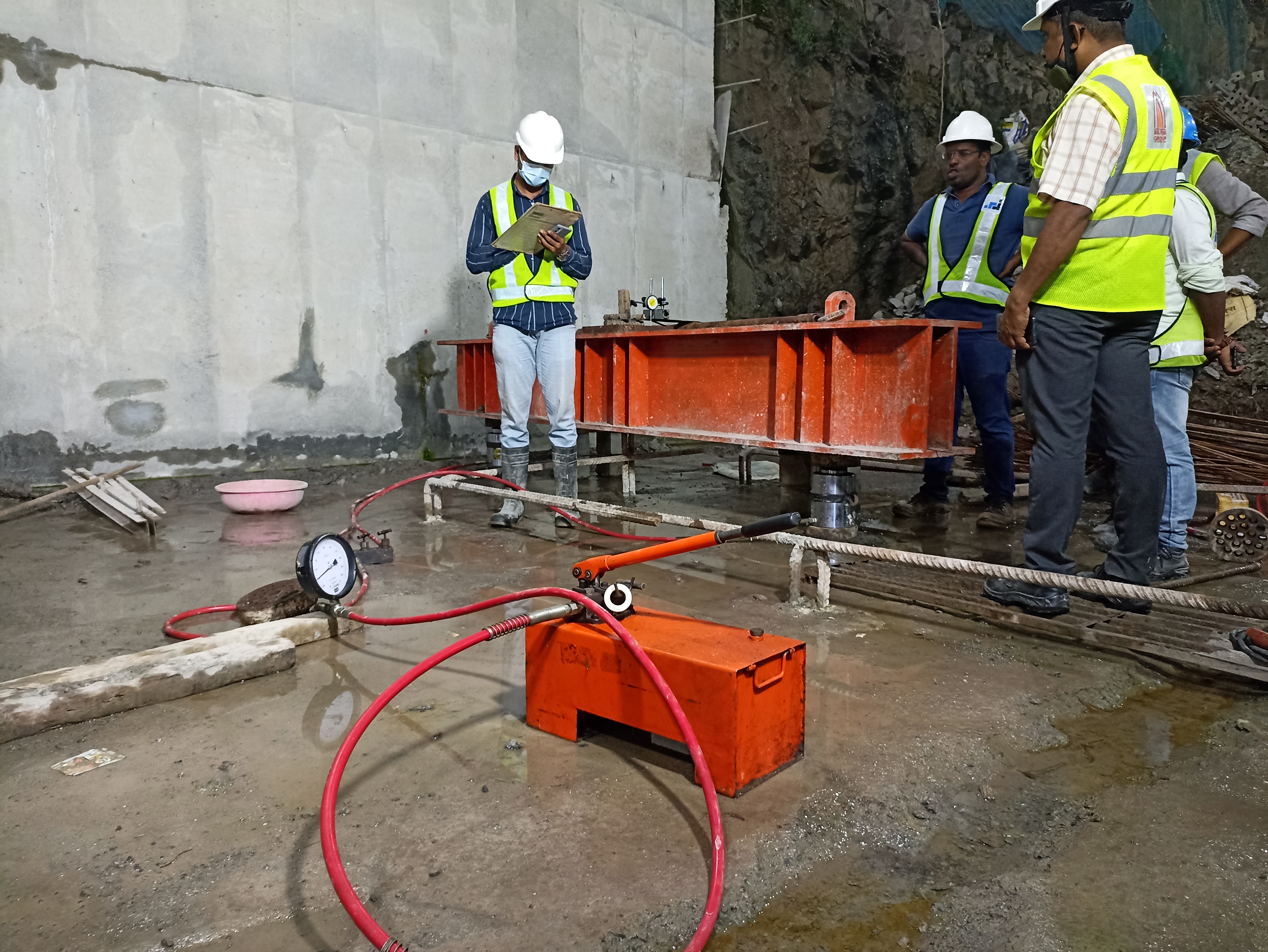
Anchor Pull Out Test
The aim of the Anchor Pull Out Test is to determine the load bearing capacity of the selected wash anchor in the project-specific fastening substrate.
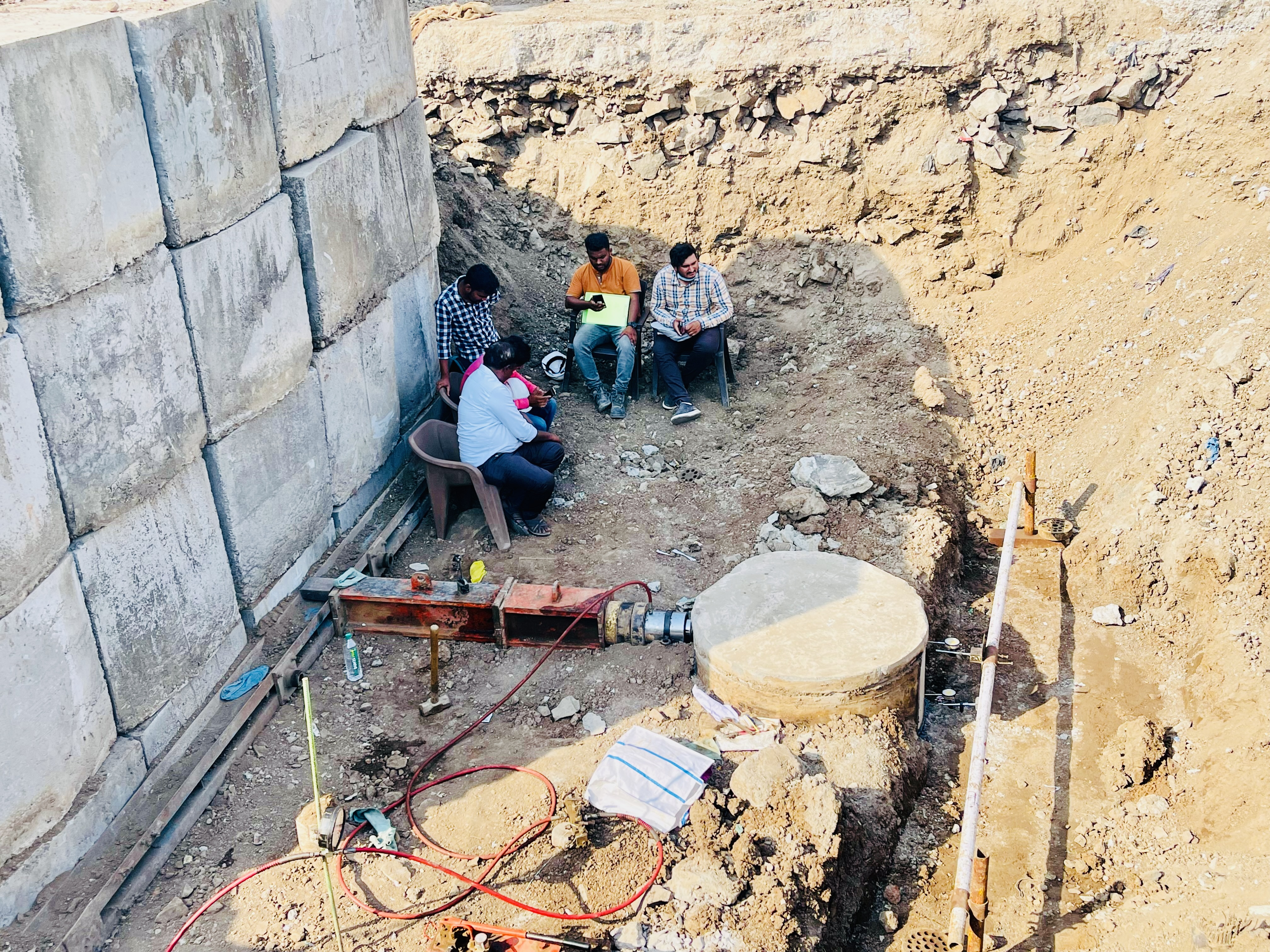

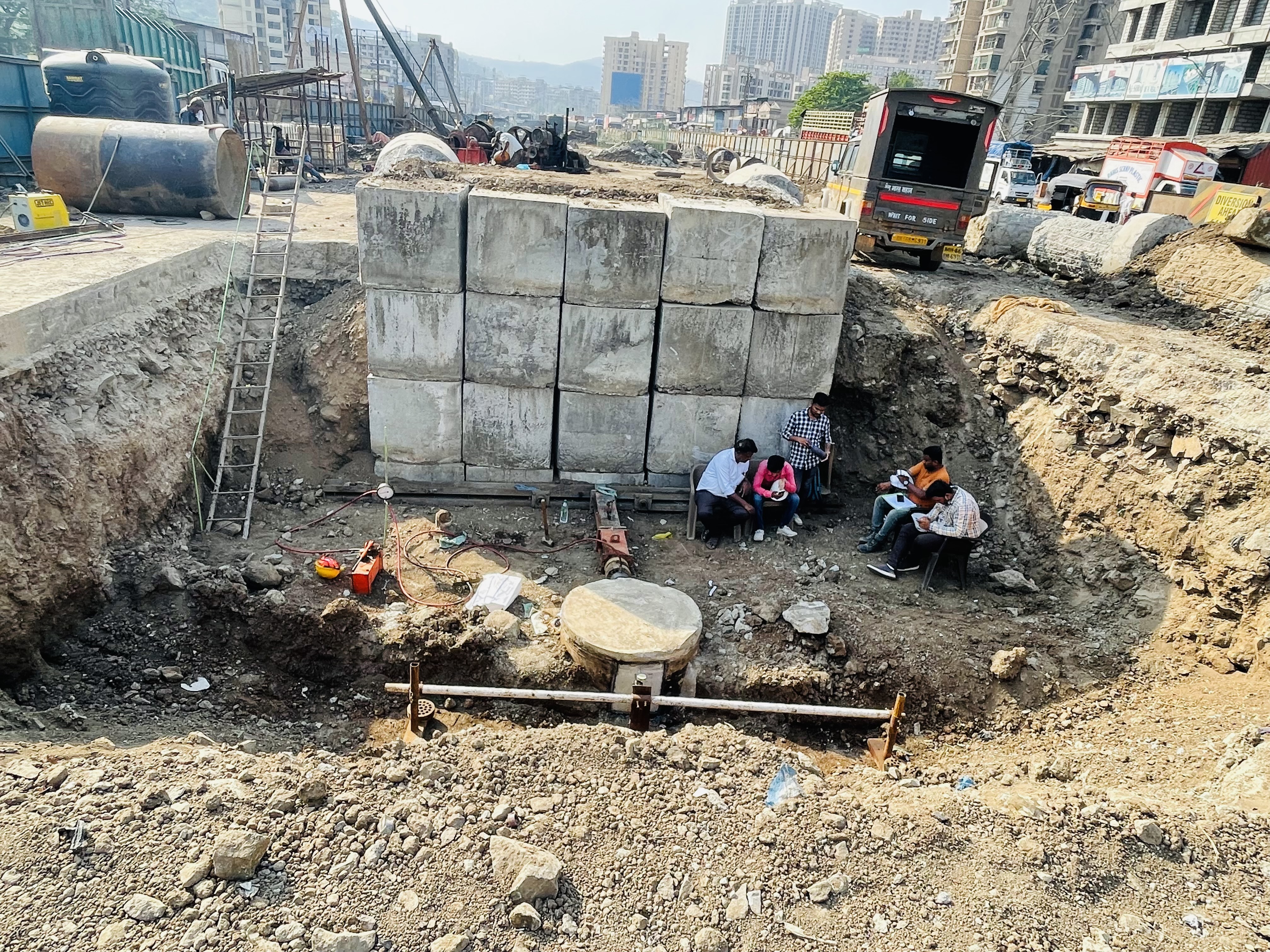
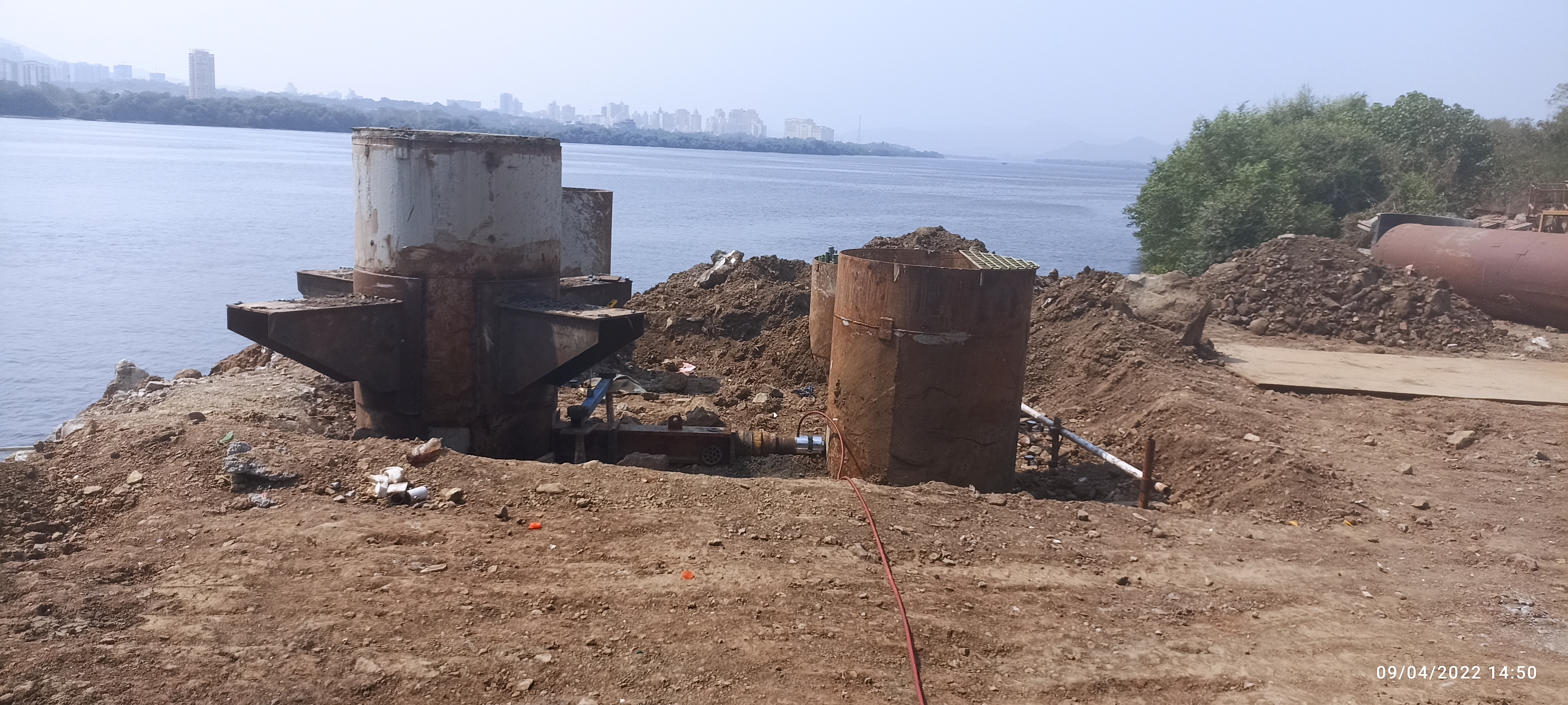
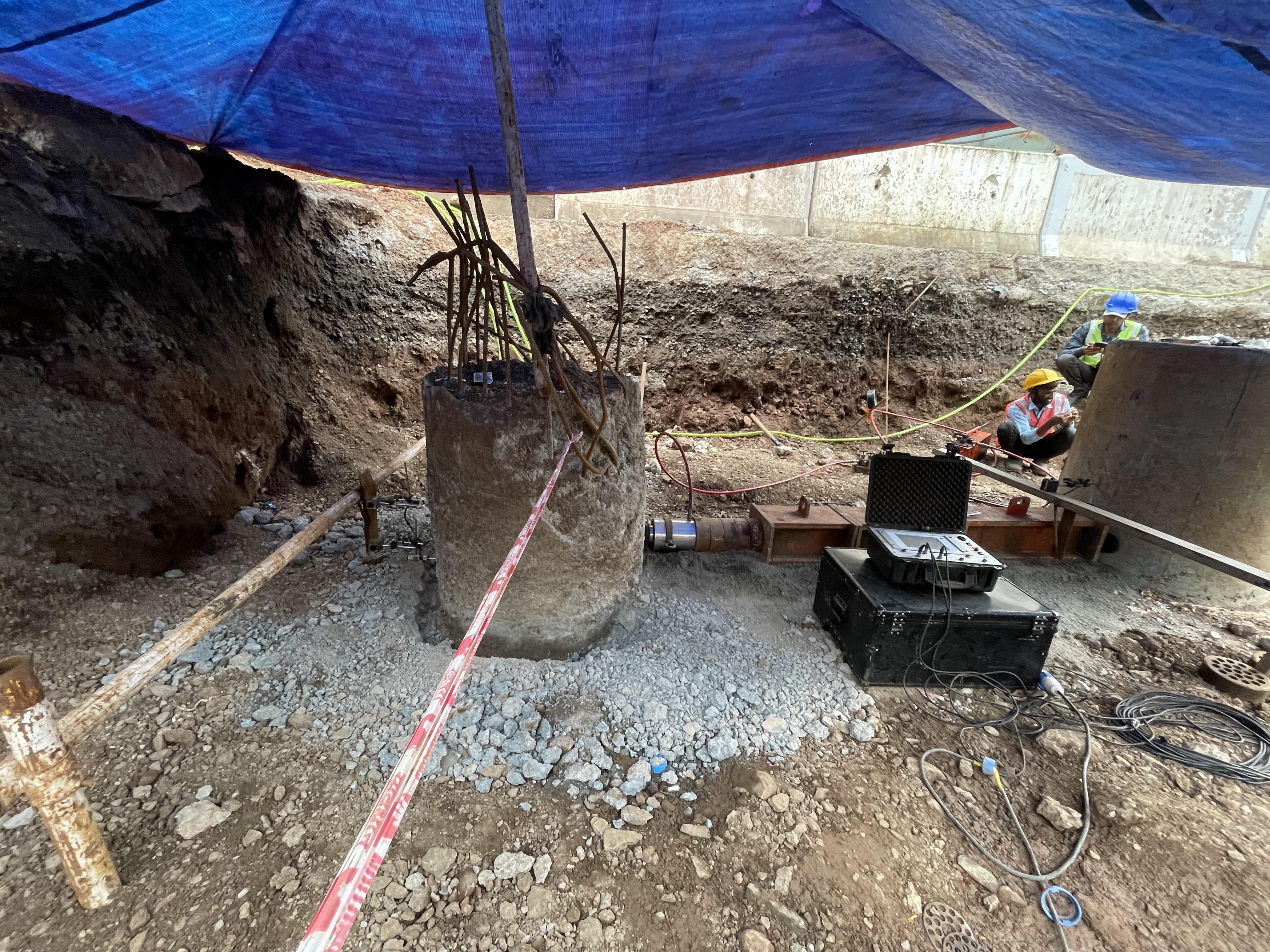

Lateral Pile Load Test
The Lateral Pile Load Test is conducted to evaluate the behavior of foundation piles when subjected to lateral (horizontal) forces. Unlike vertical load tests that measure a pile's capacity to bear downward loads, this test assesses how well a pile can resist forces that act sideways, such as those from wind, seismic activity, earth pressure, or nearby traffic and structures. In this test, a lateral force is gradually applied to the pile head, and the resulting horizontal displacement is measured. The data helps engineers determine the pile’s lateral stiffness, ultimate lateral load capacity, and overall performance under horizontal stress.
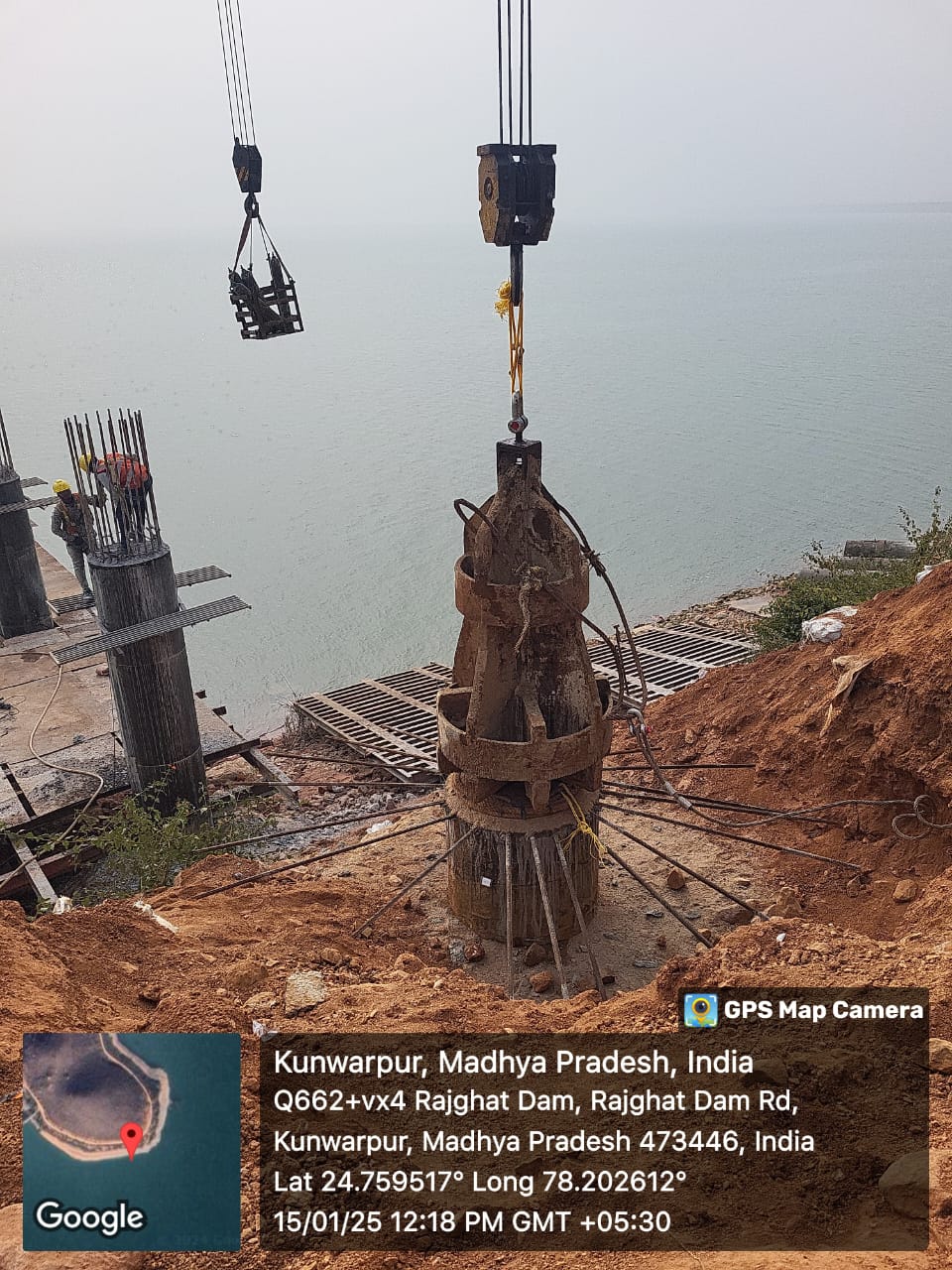
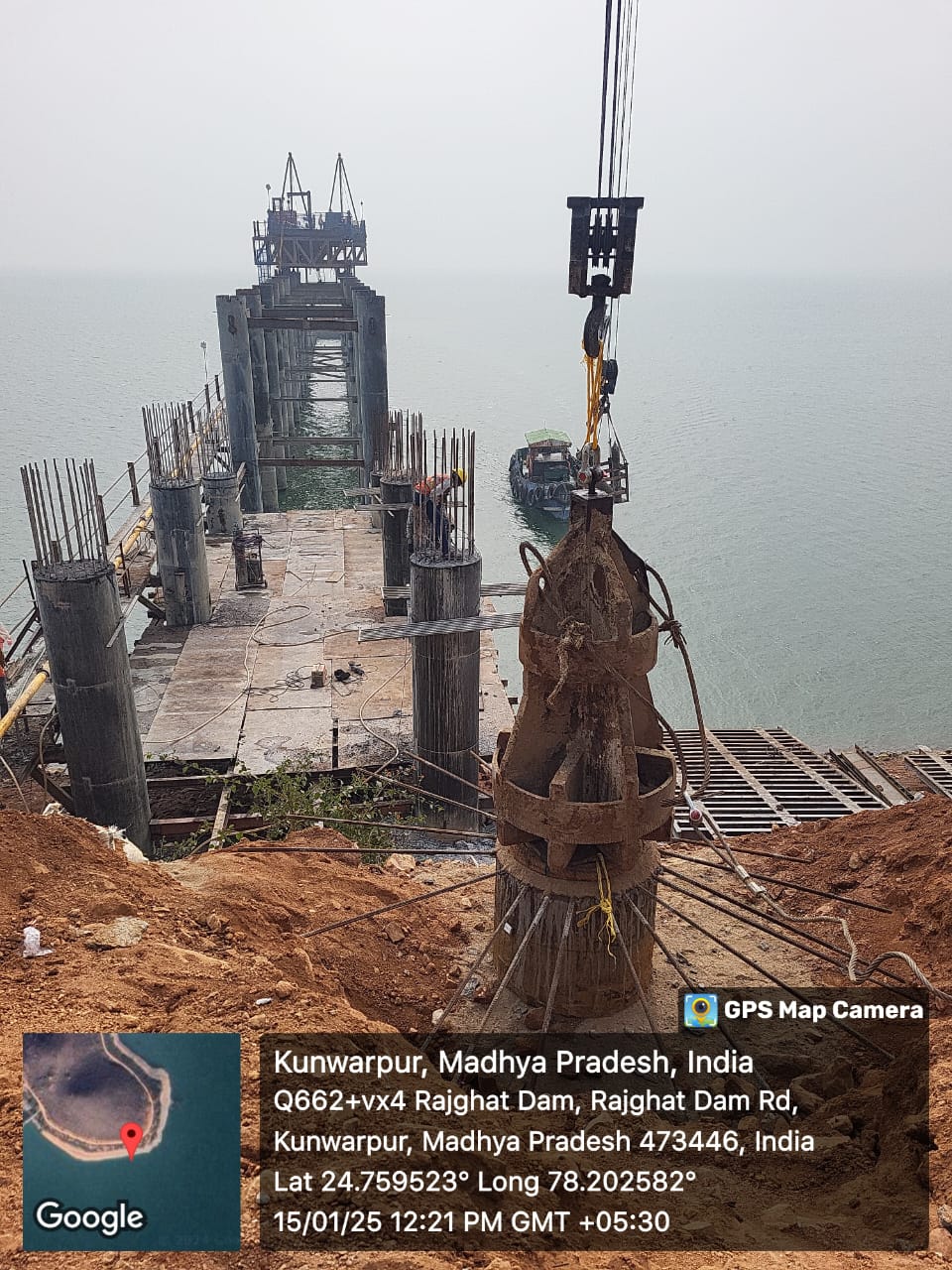
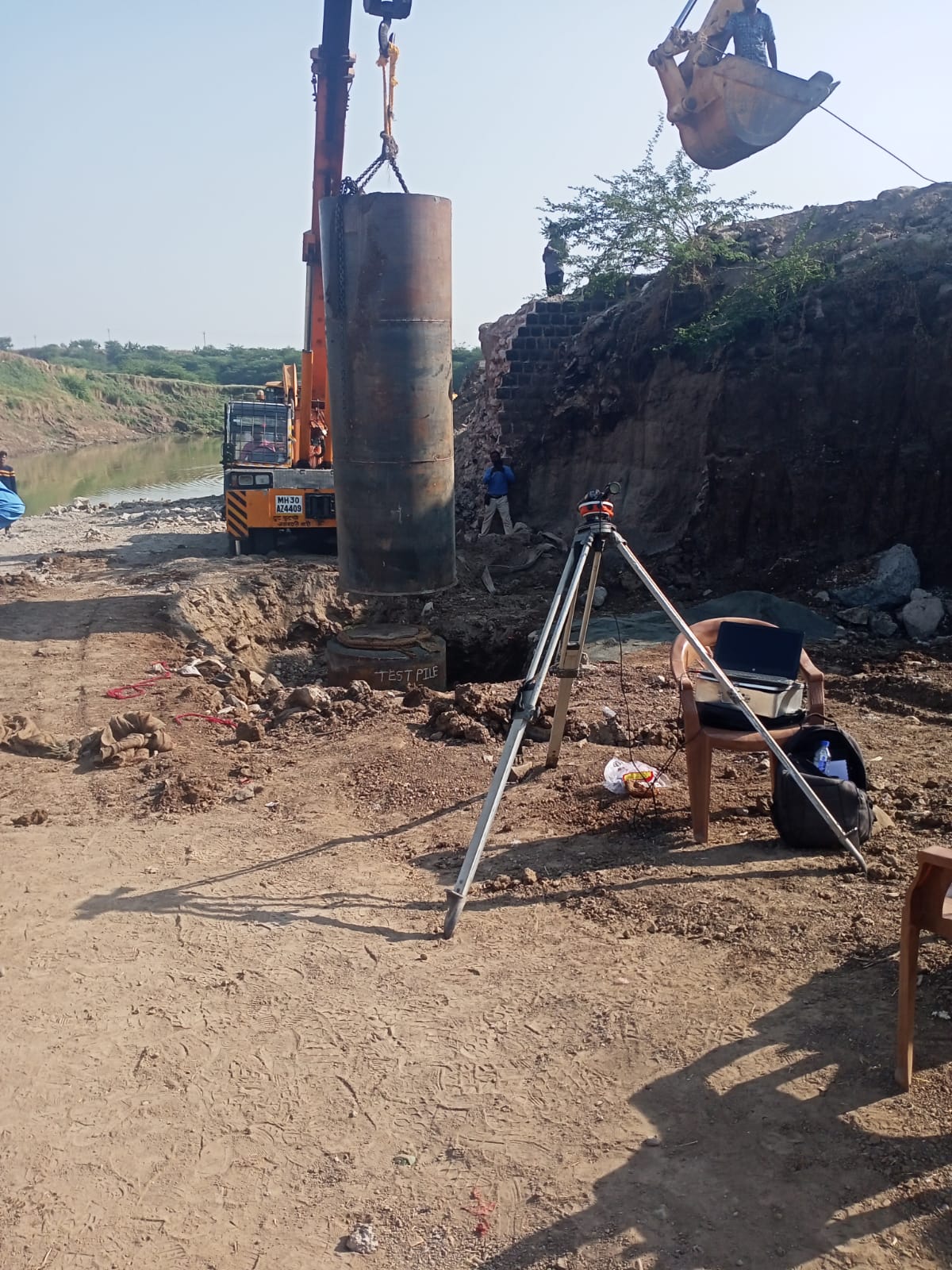
Dynamic Pile Load Test
Dynamic Load Tests monitor the response of a pile when it’s subjected to repetitive blows by a hammer (a mass dropping) at the pile head.
A compressive wave travels down the pile and causes it to advance in the soil.

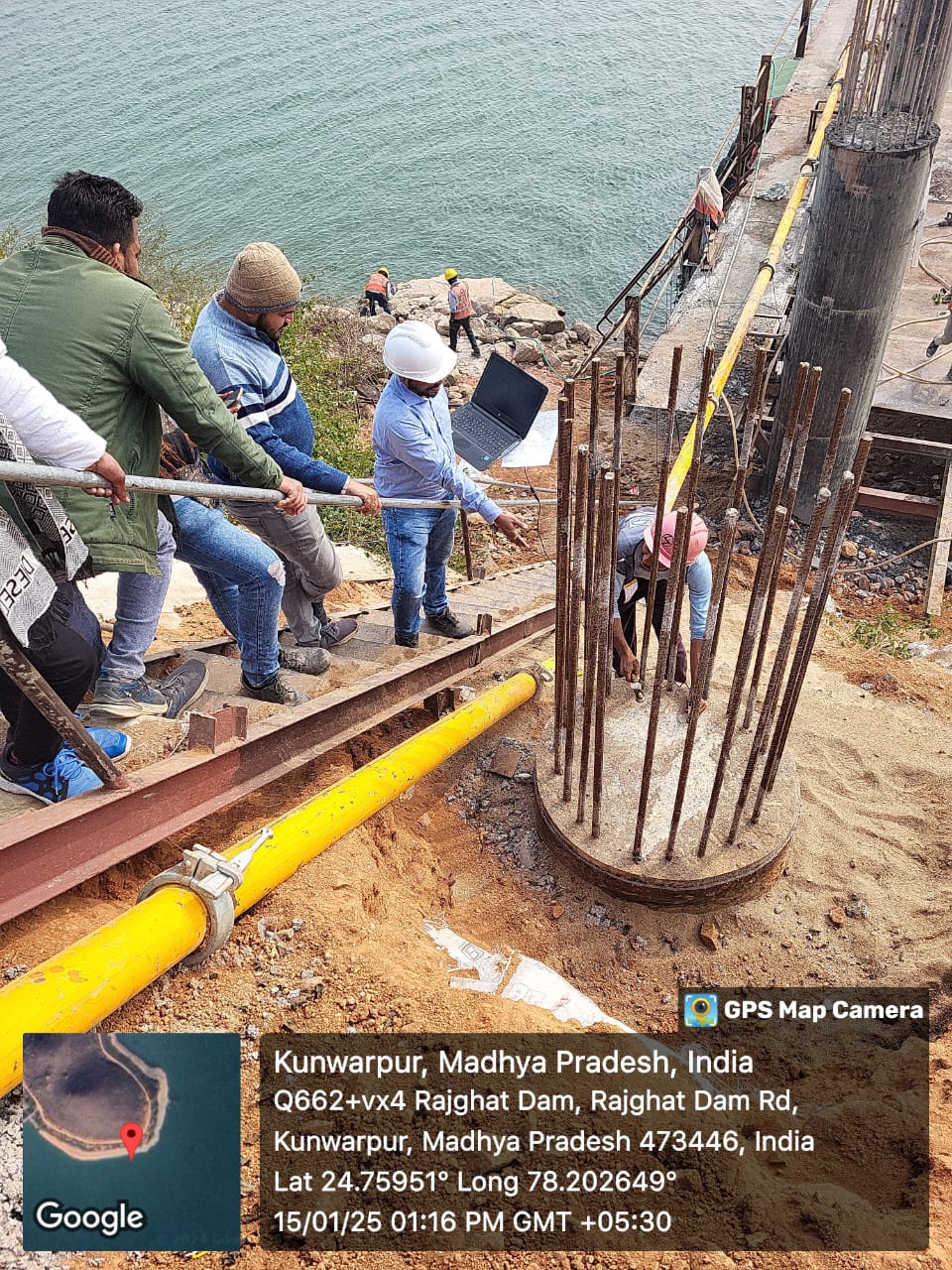
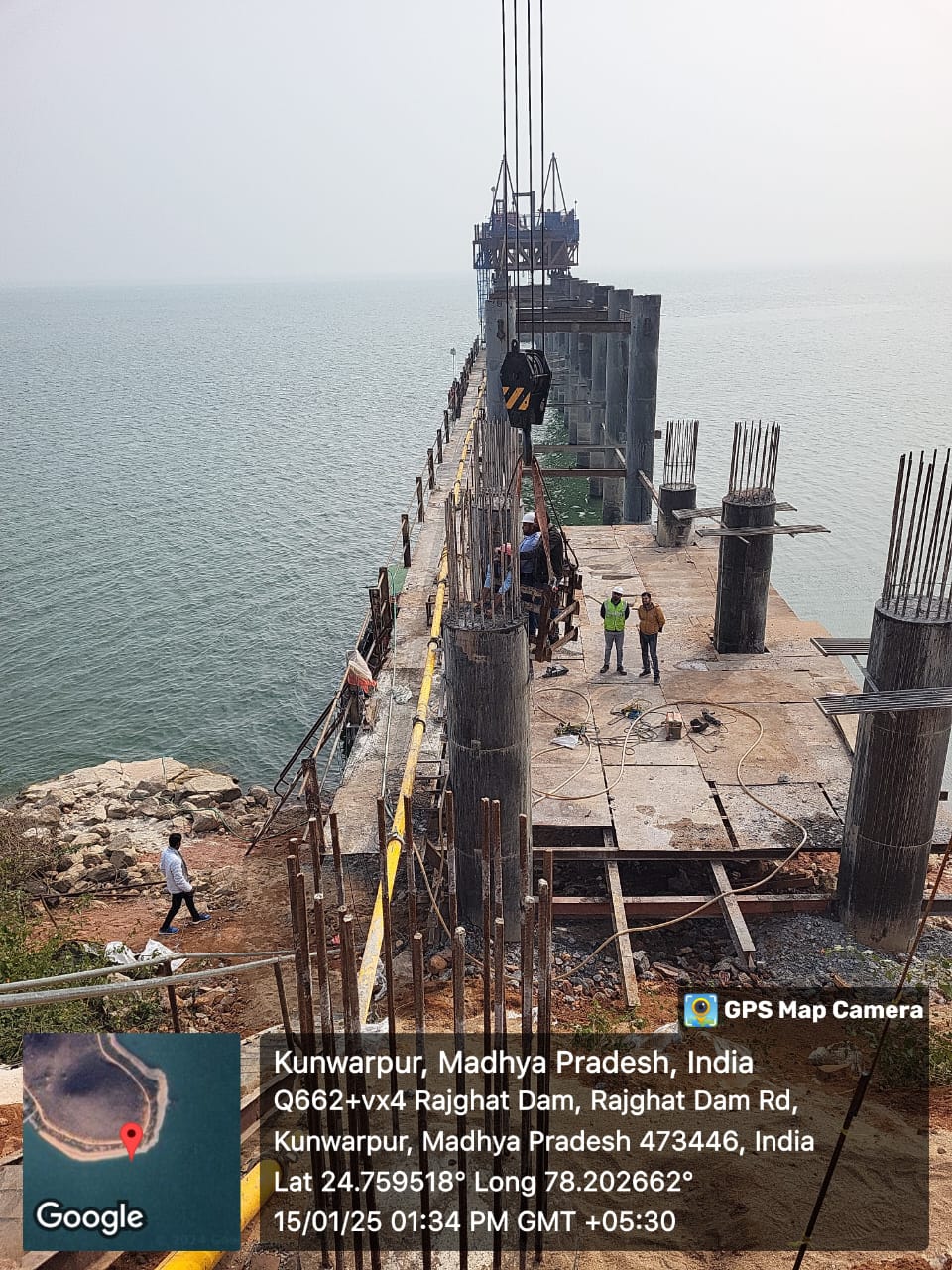
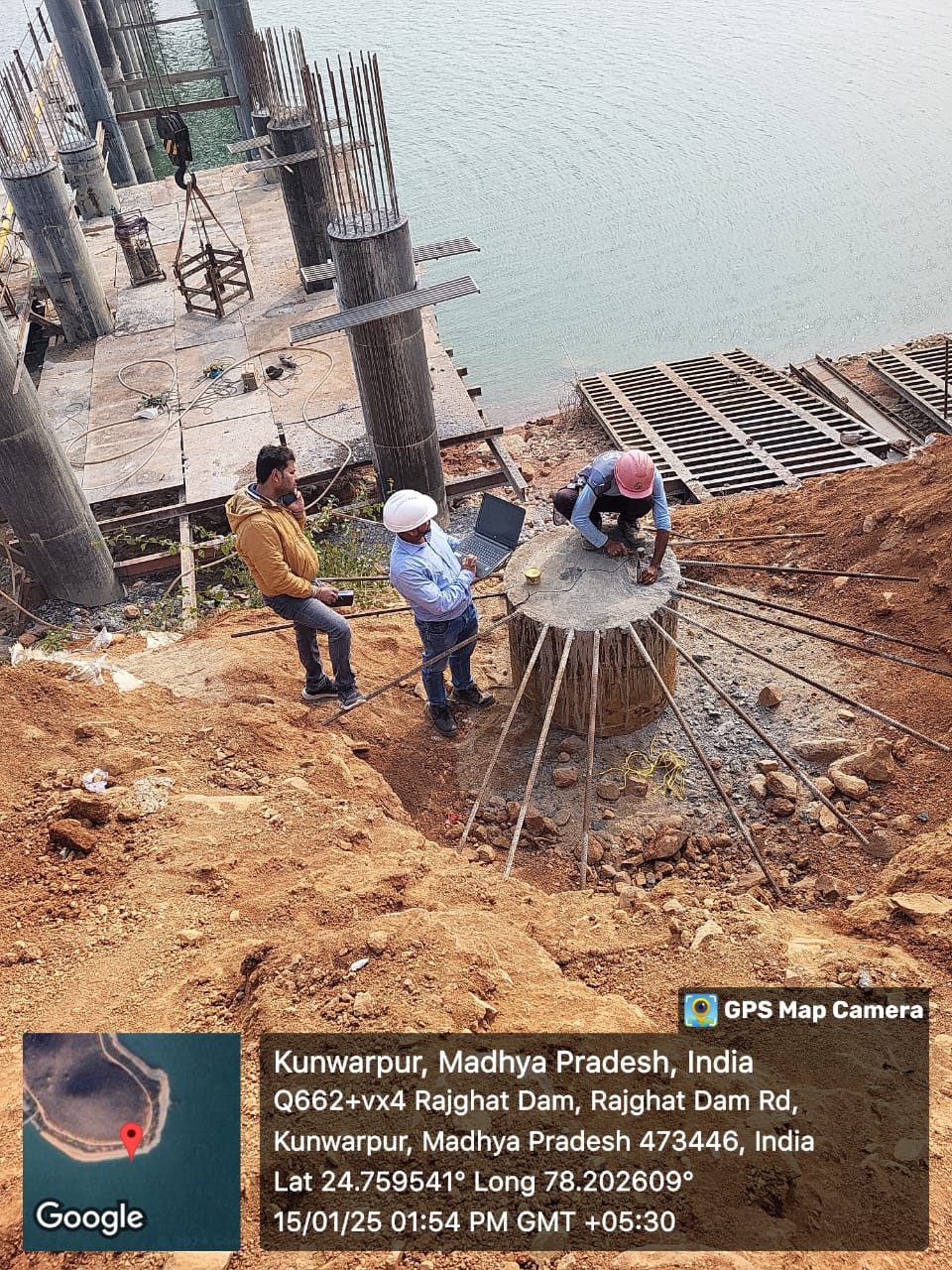
Pile Integrity Test
Pile Integrity Test (PIT) is a widely used non destructive test method for the evaluation of pile quality, and integrity.
The test can also be used to estimate the unknown length of existing piles and foundations.
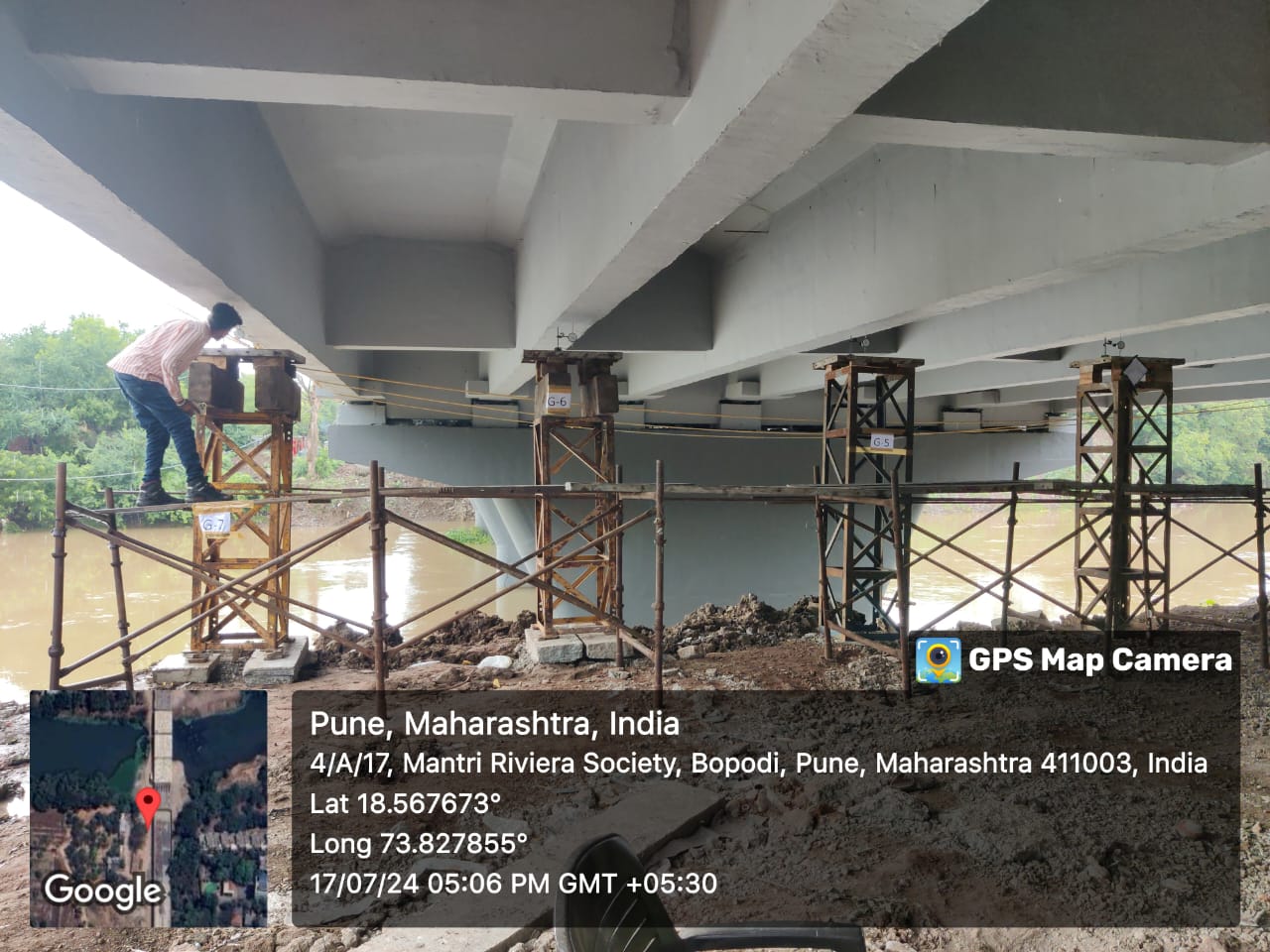
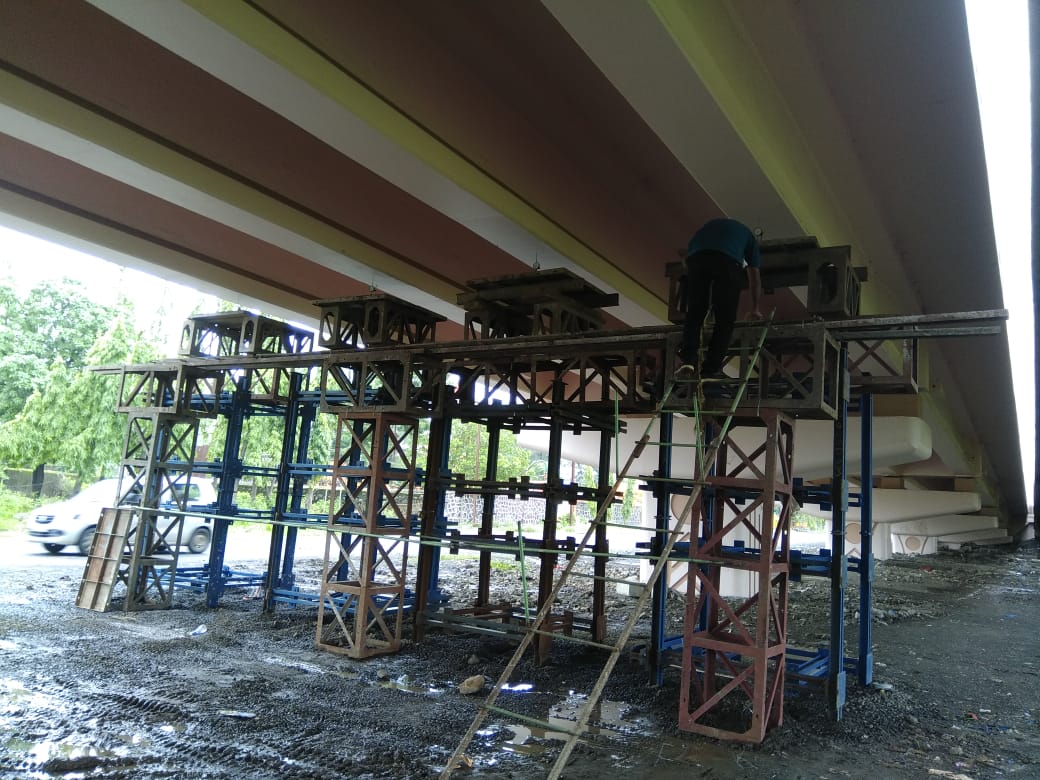
Bridge Load Test
The loading test on existing bridge is carried out for the purpose the evaluation of the load carrying capacity and the durability of fatigue for steel member by measuring the deformation and stress of bridge under the actual loading on existing bridge.
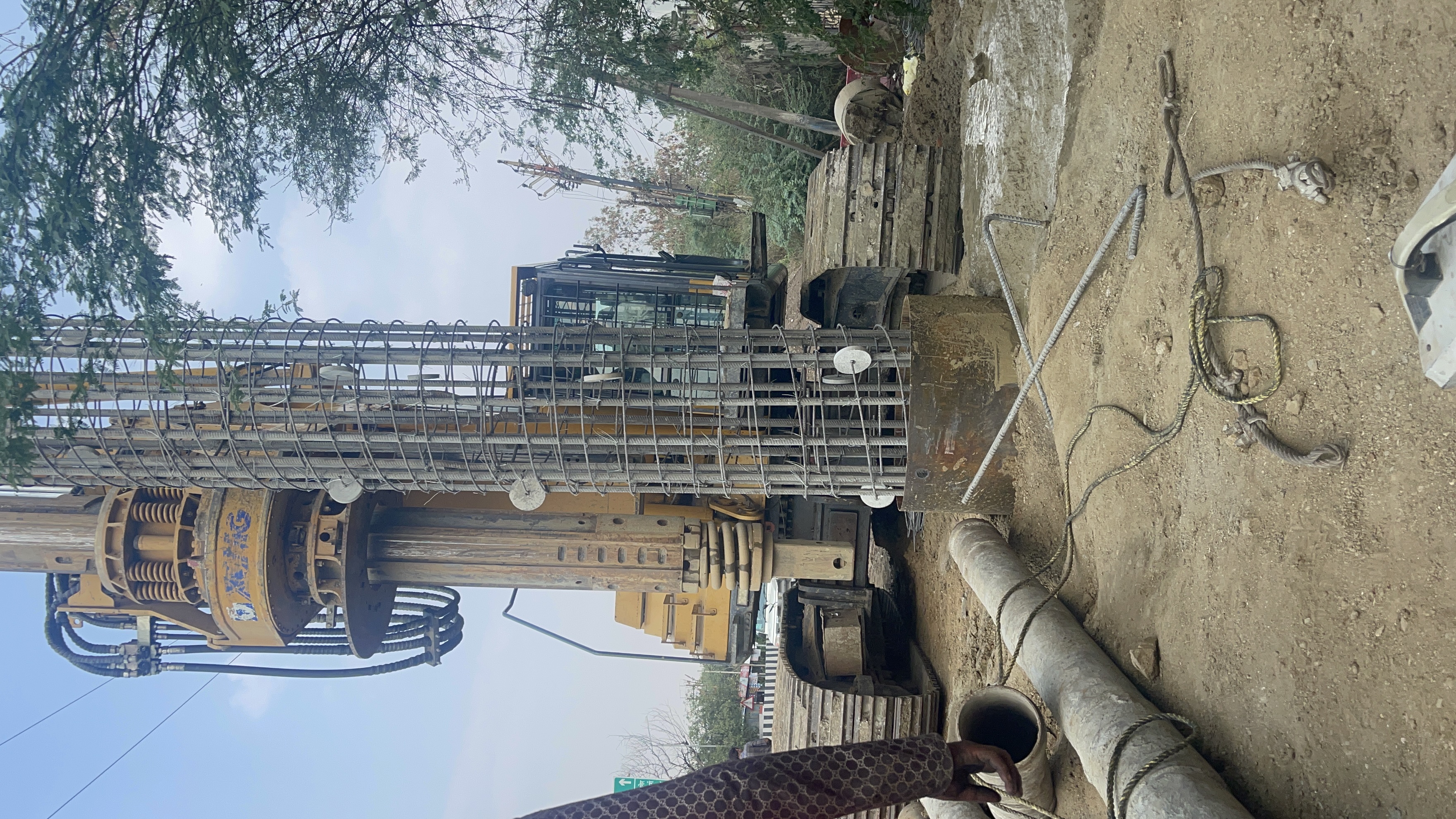
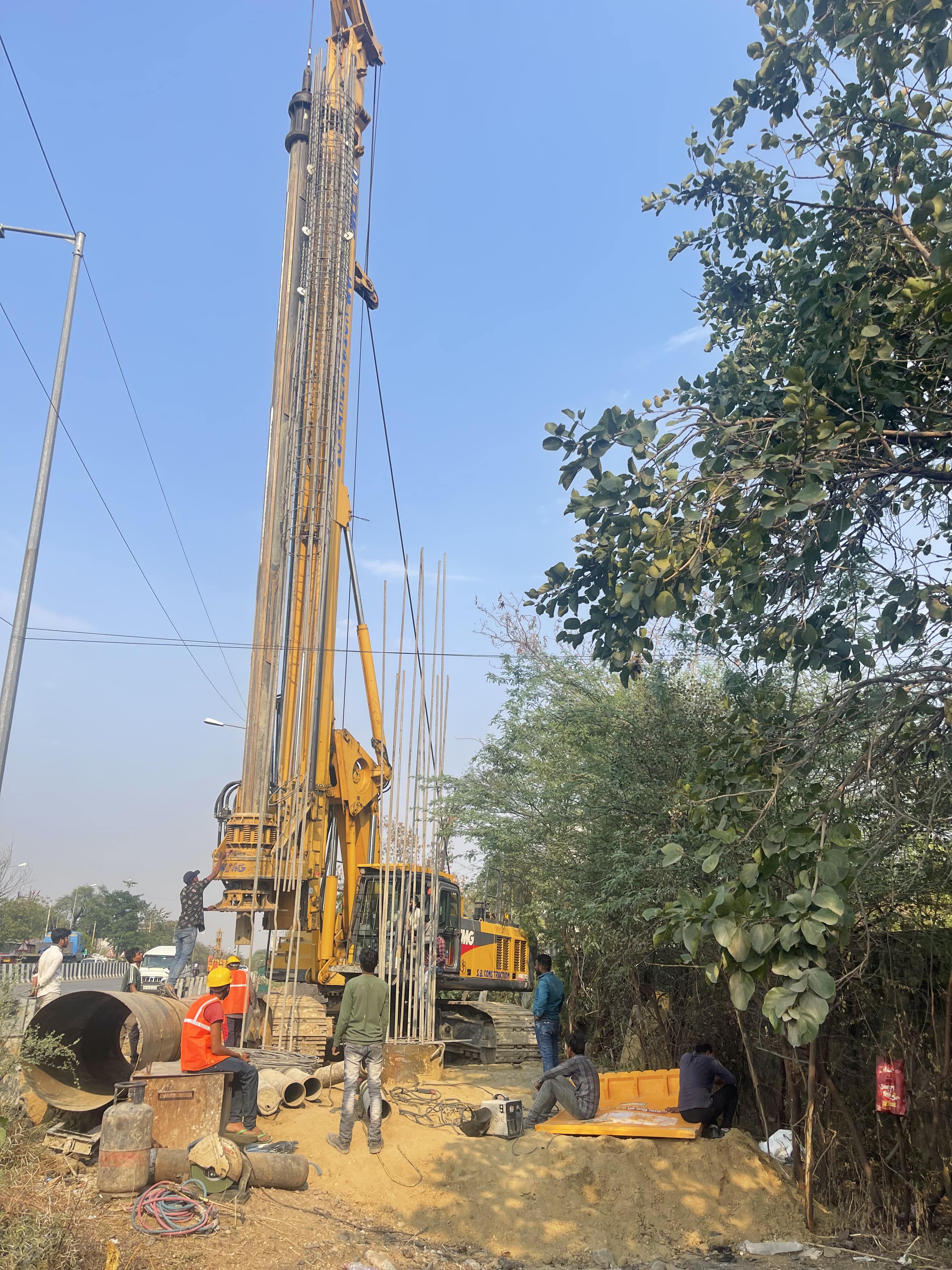
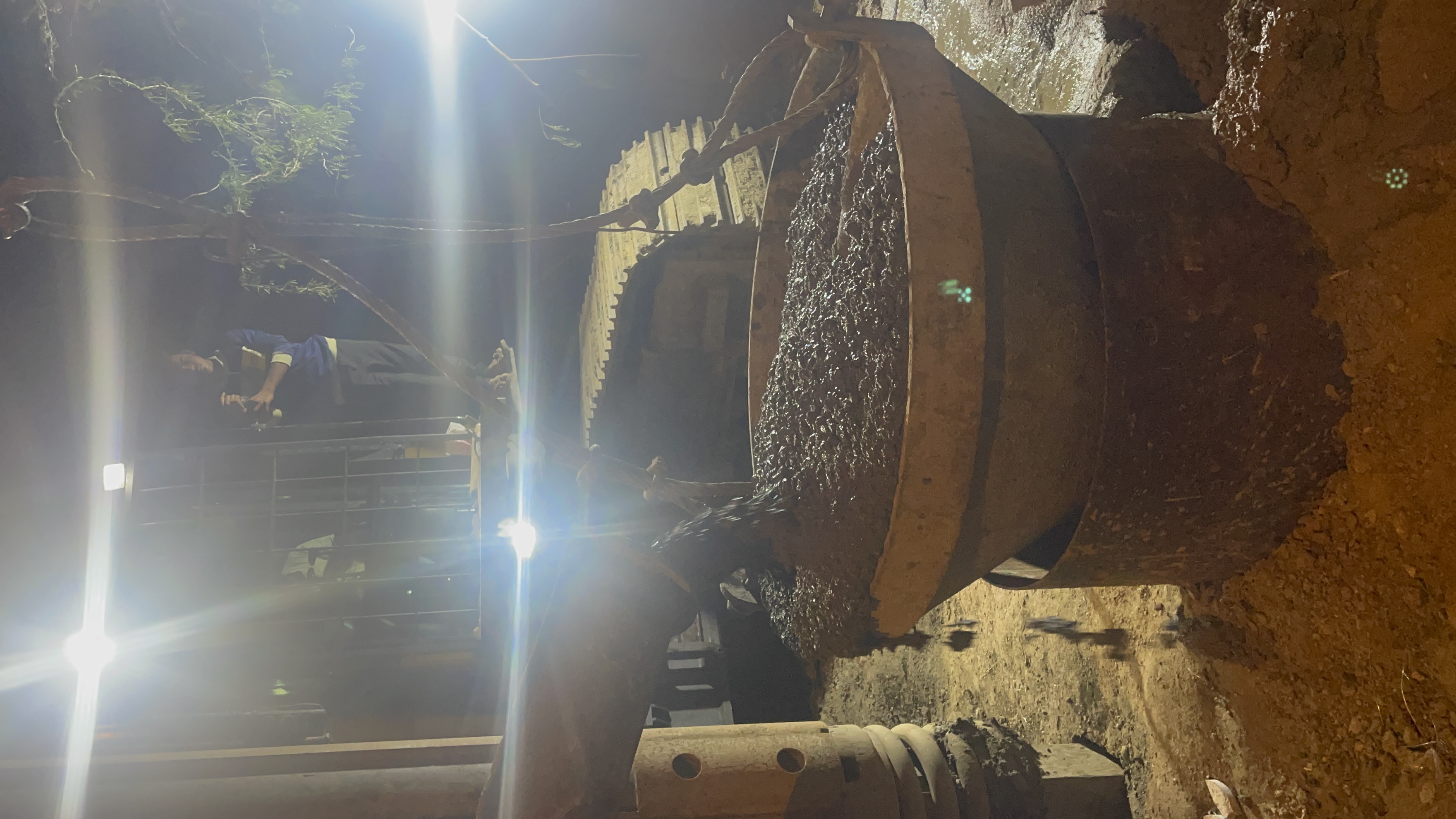
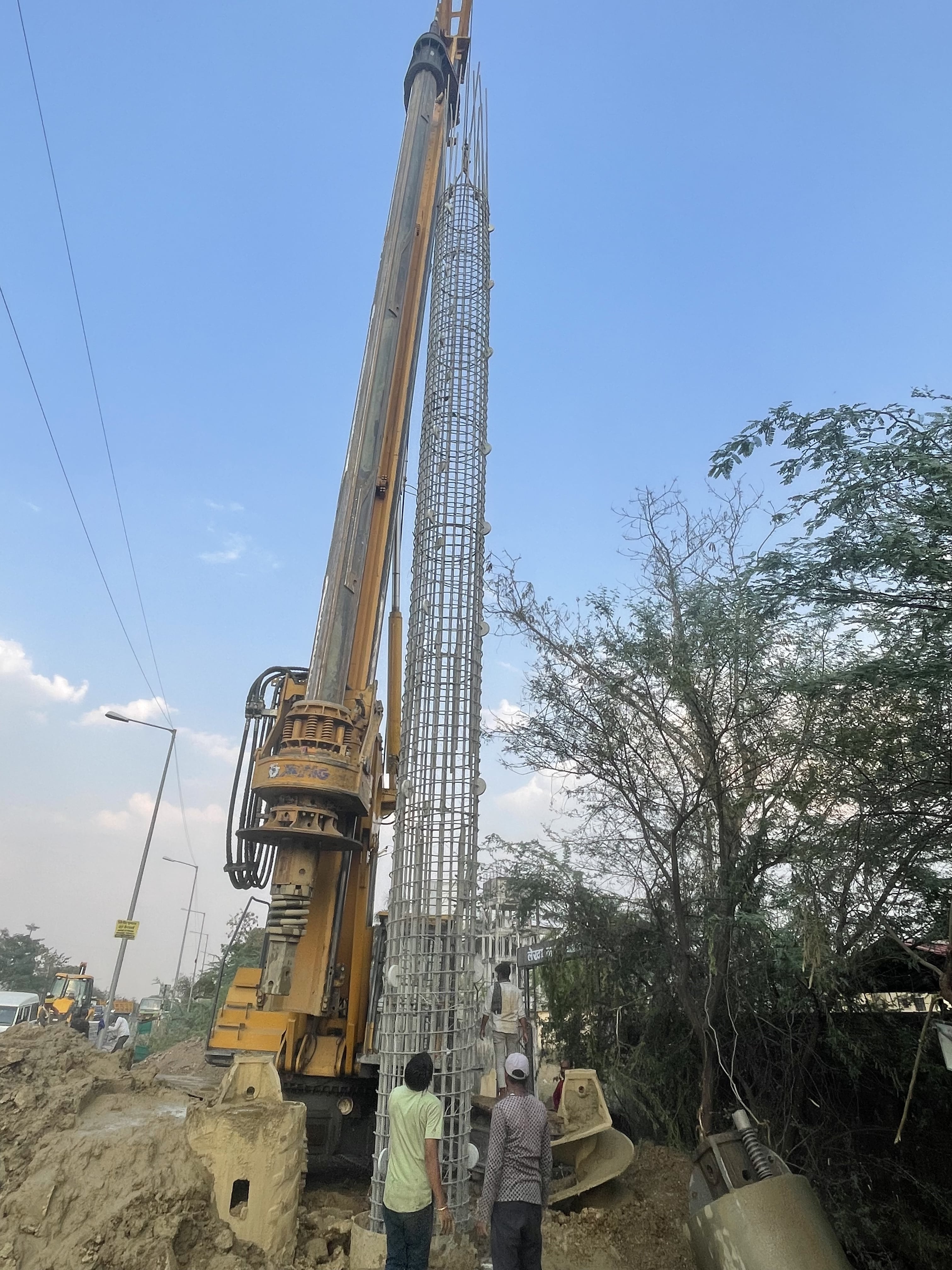
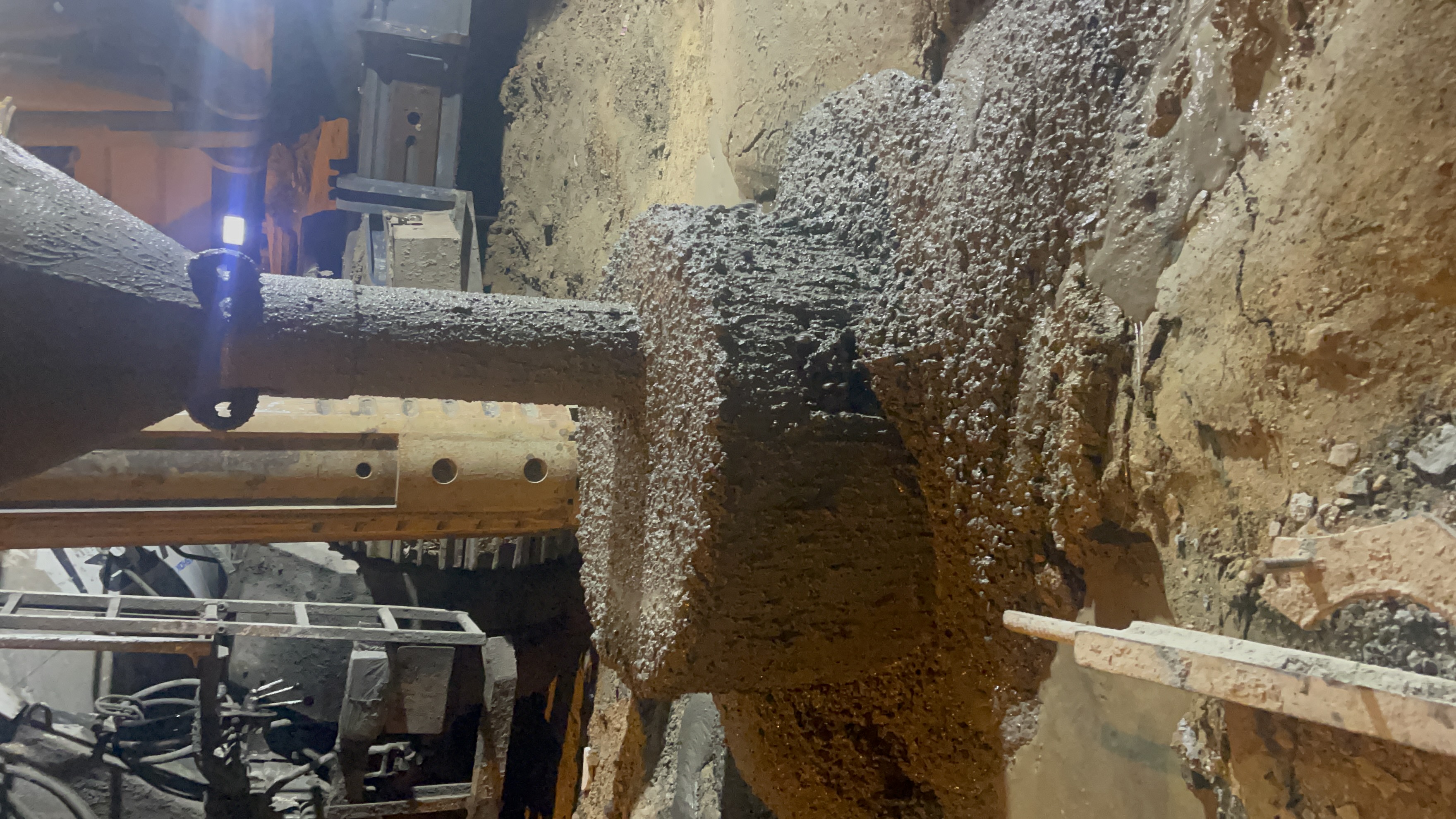
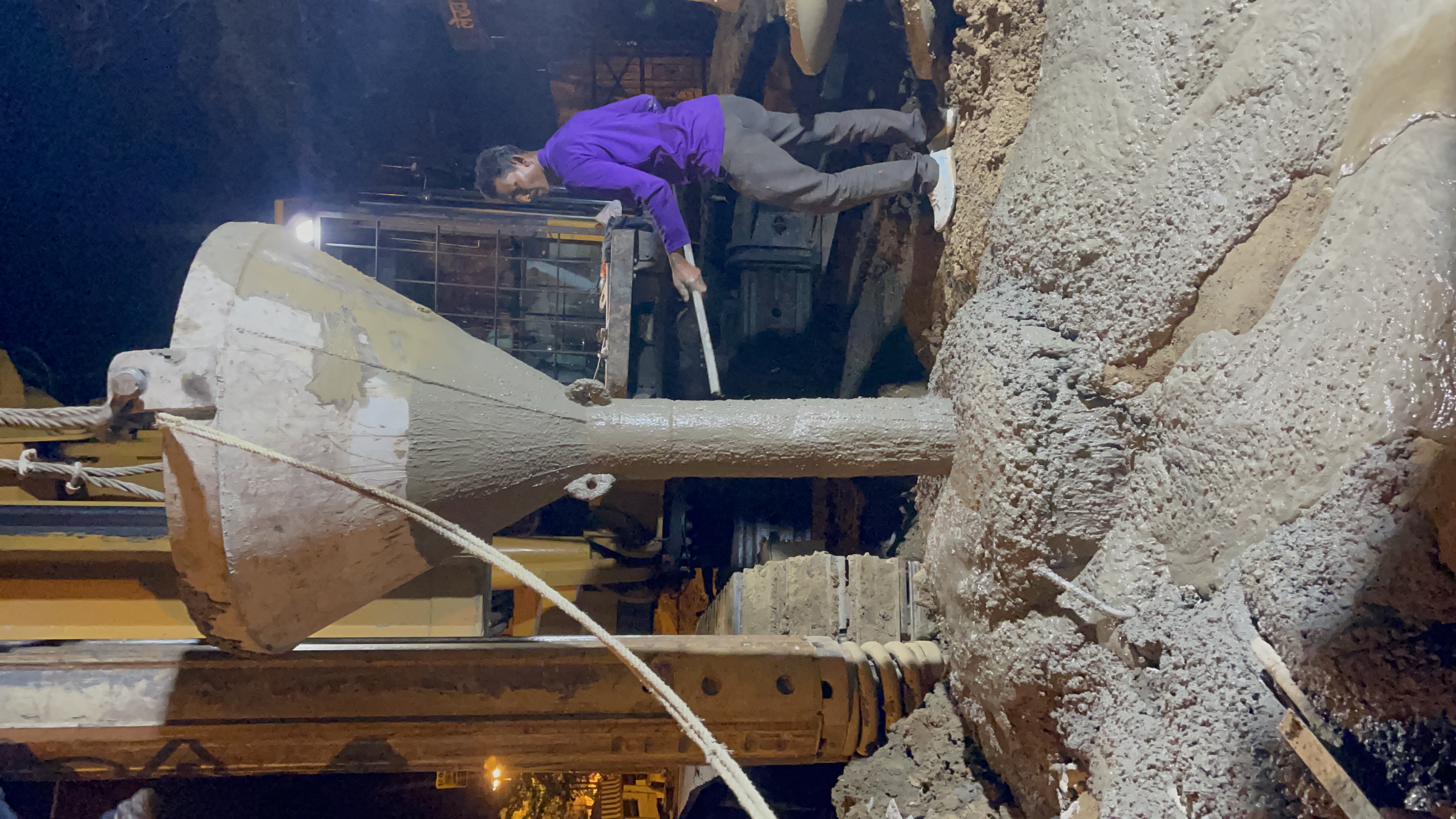
Micro-Pilling
Micro-piles are commonly used to replace deteriorating foundation systems, for the renovation of structures, to support structures affected by adjacent construction, for seismic retrofitting or in-situ reinforcement including embankment, slope, and landslide stabilization.

Anchoring & Grouting
Soil Anchoring is important for slope stability and prevents the structure from collapsing.
It is used to provide temporary structural support to the sidewalls of the launch and exit pits excavated during a trenchless installation project.
Recent Work
A showcase of some of our latest completed projects, highlighting our expertise in geotechnical investigation, construction support, and soil testing across various terrains and conditions.
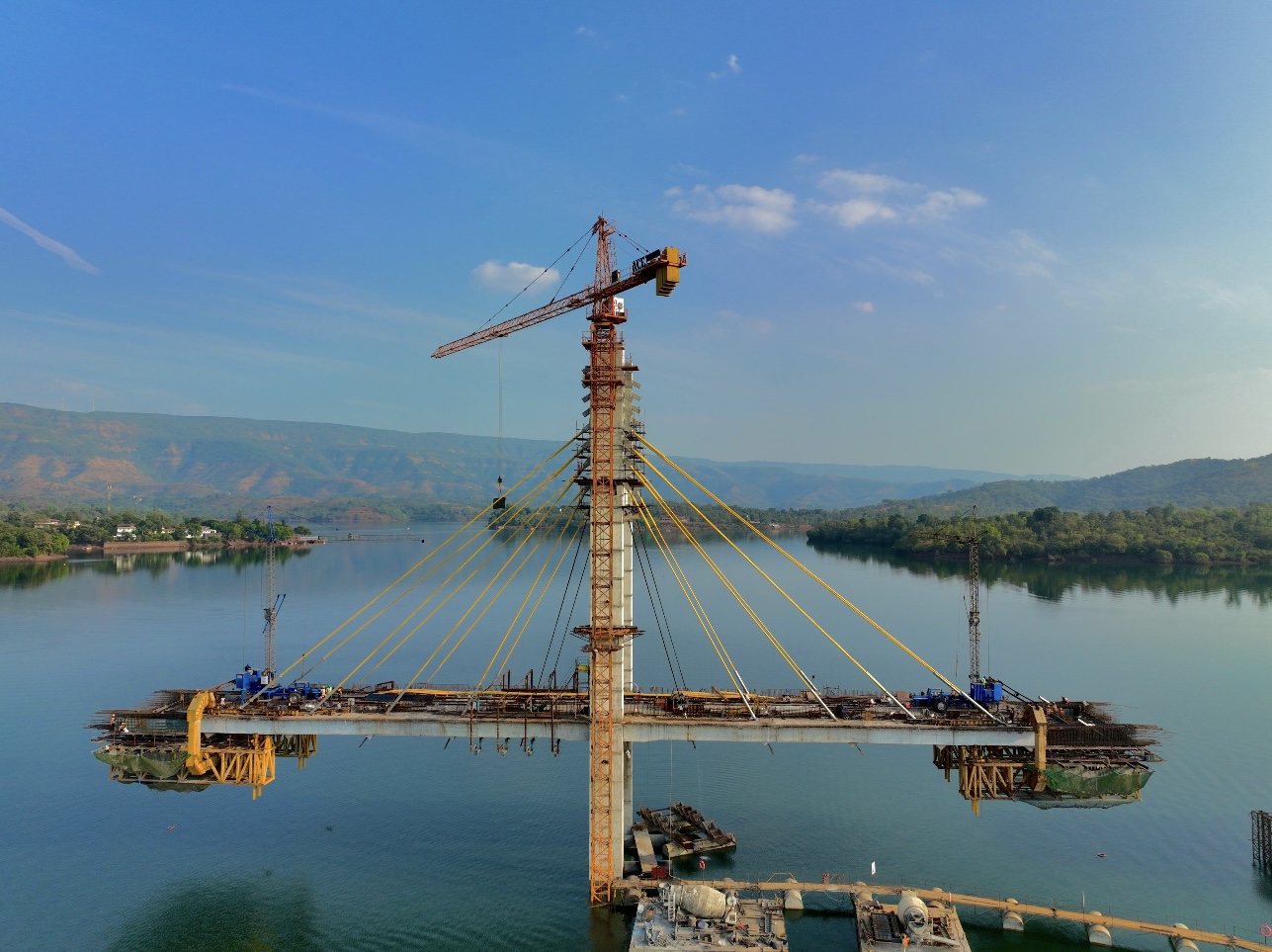
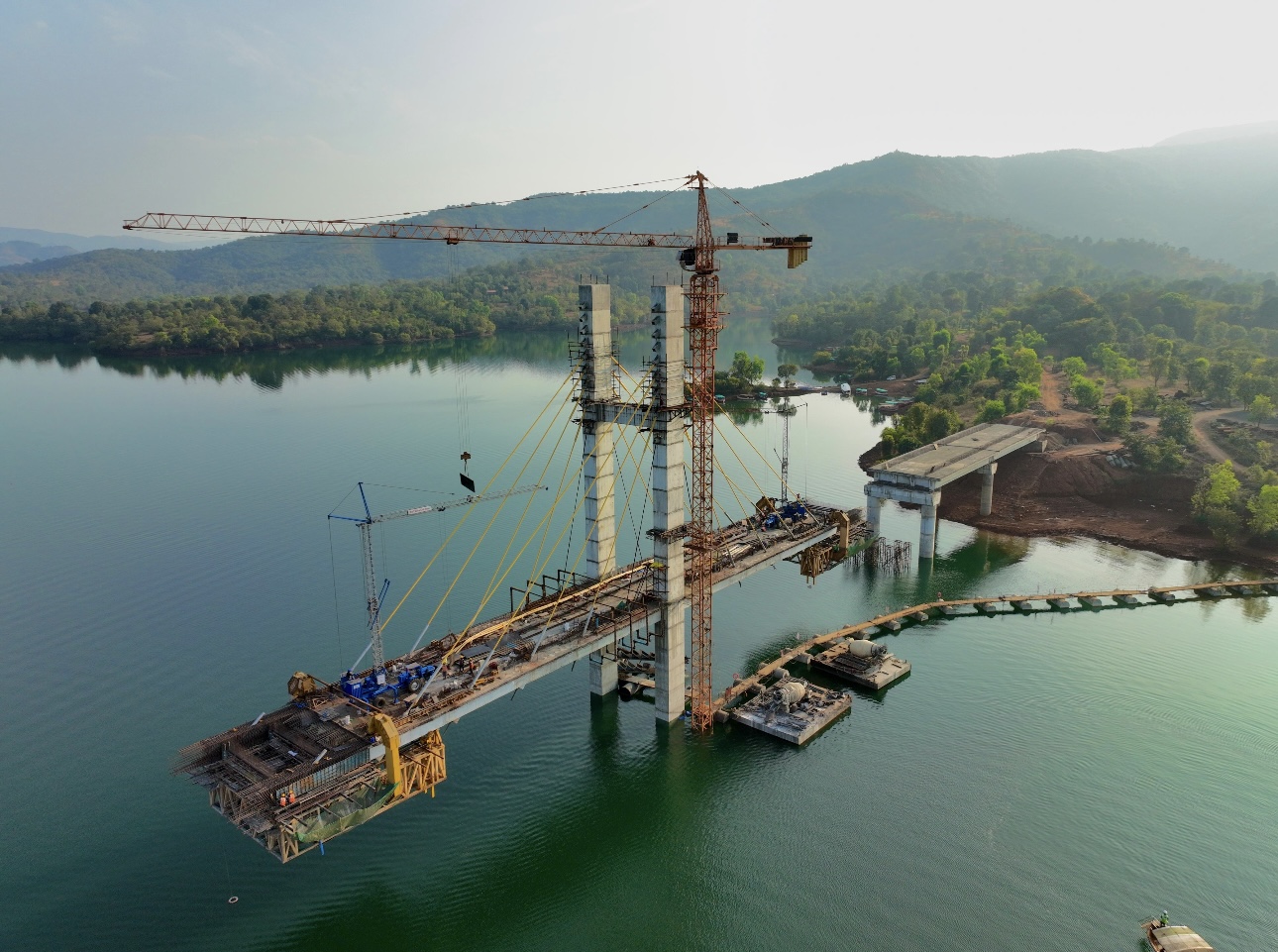
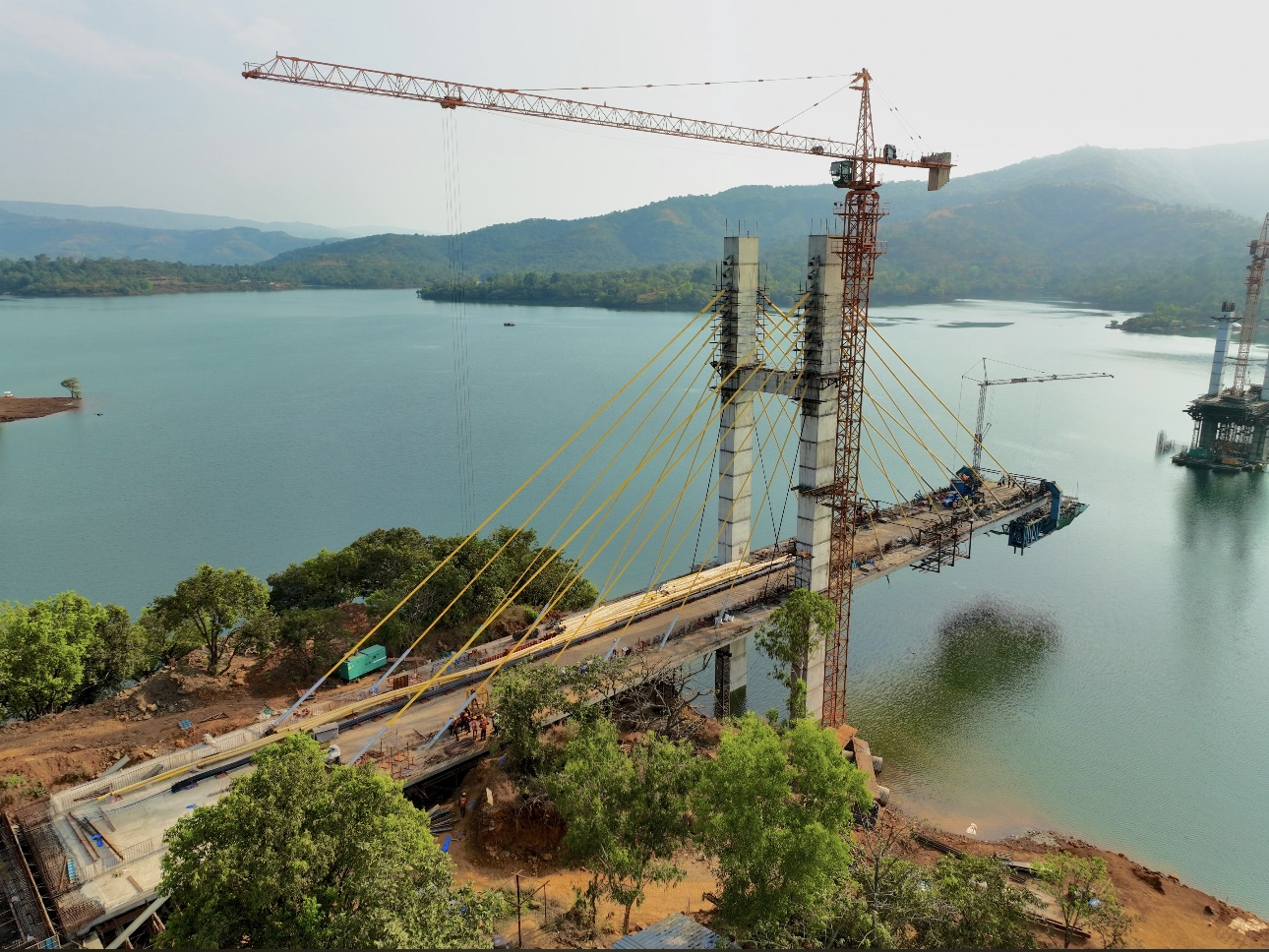
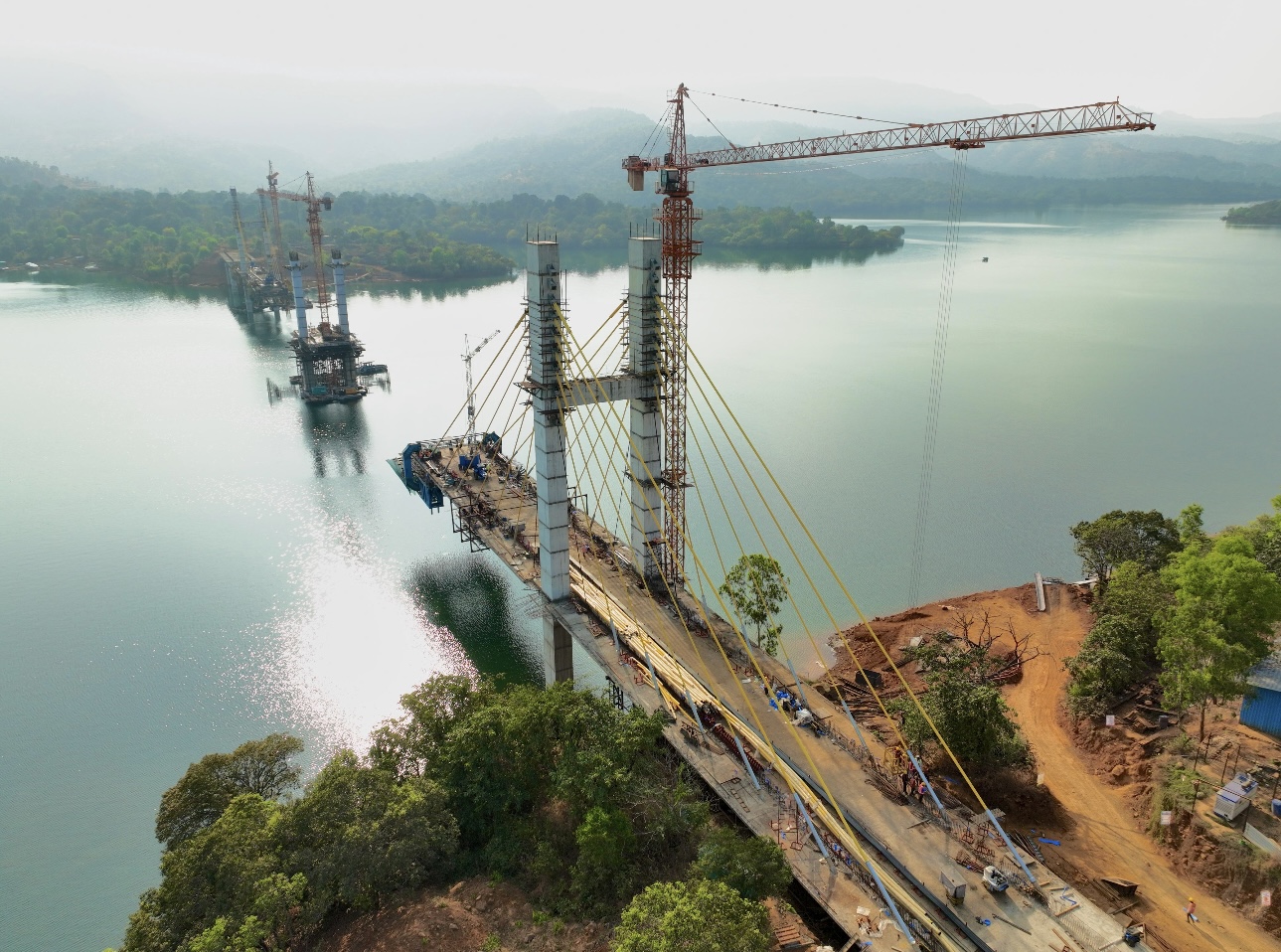
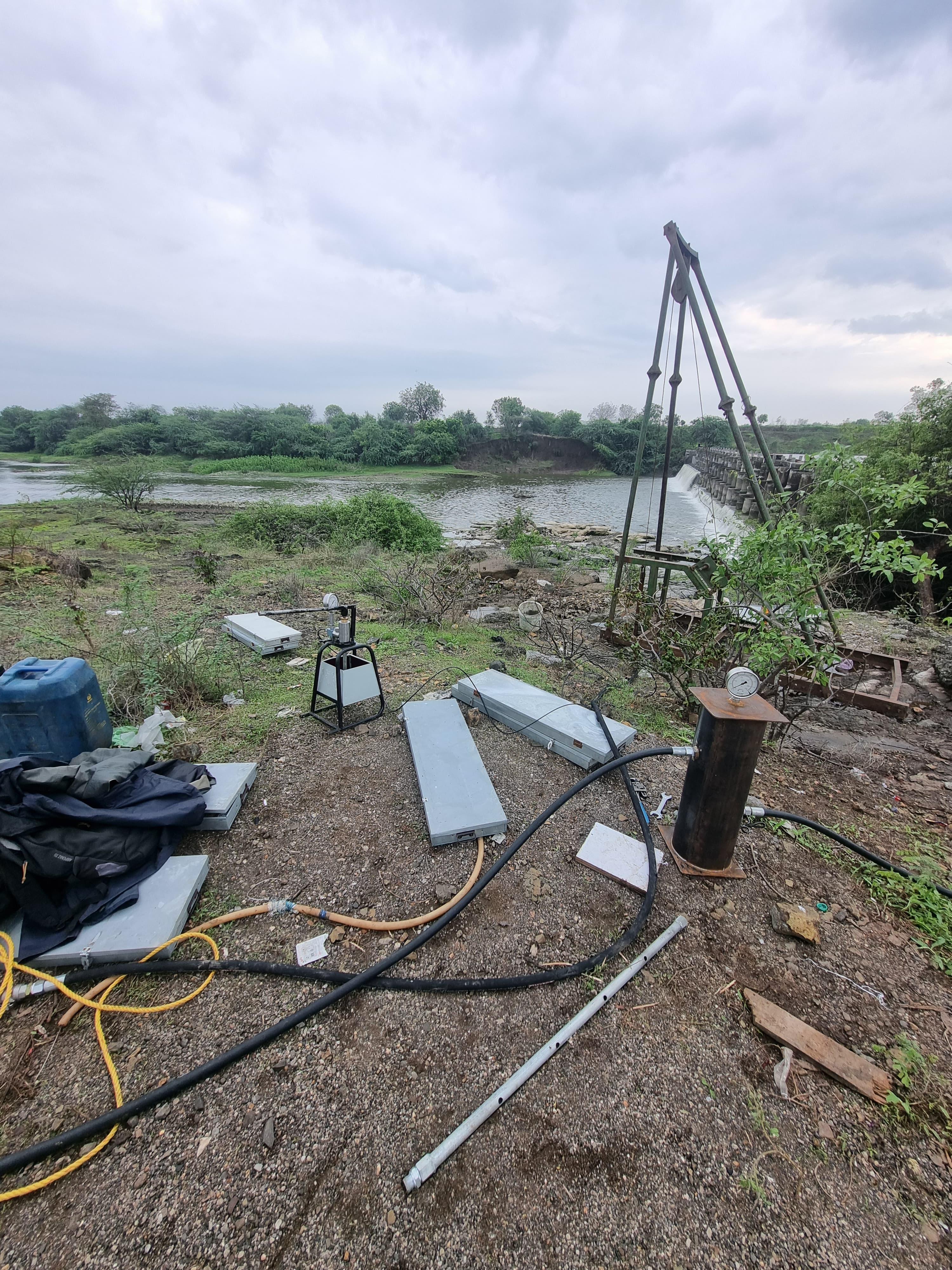
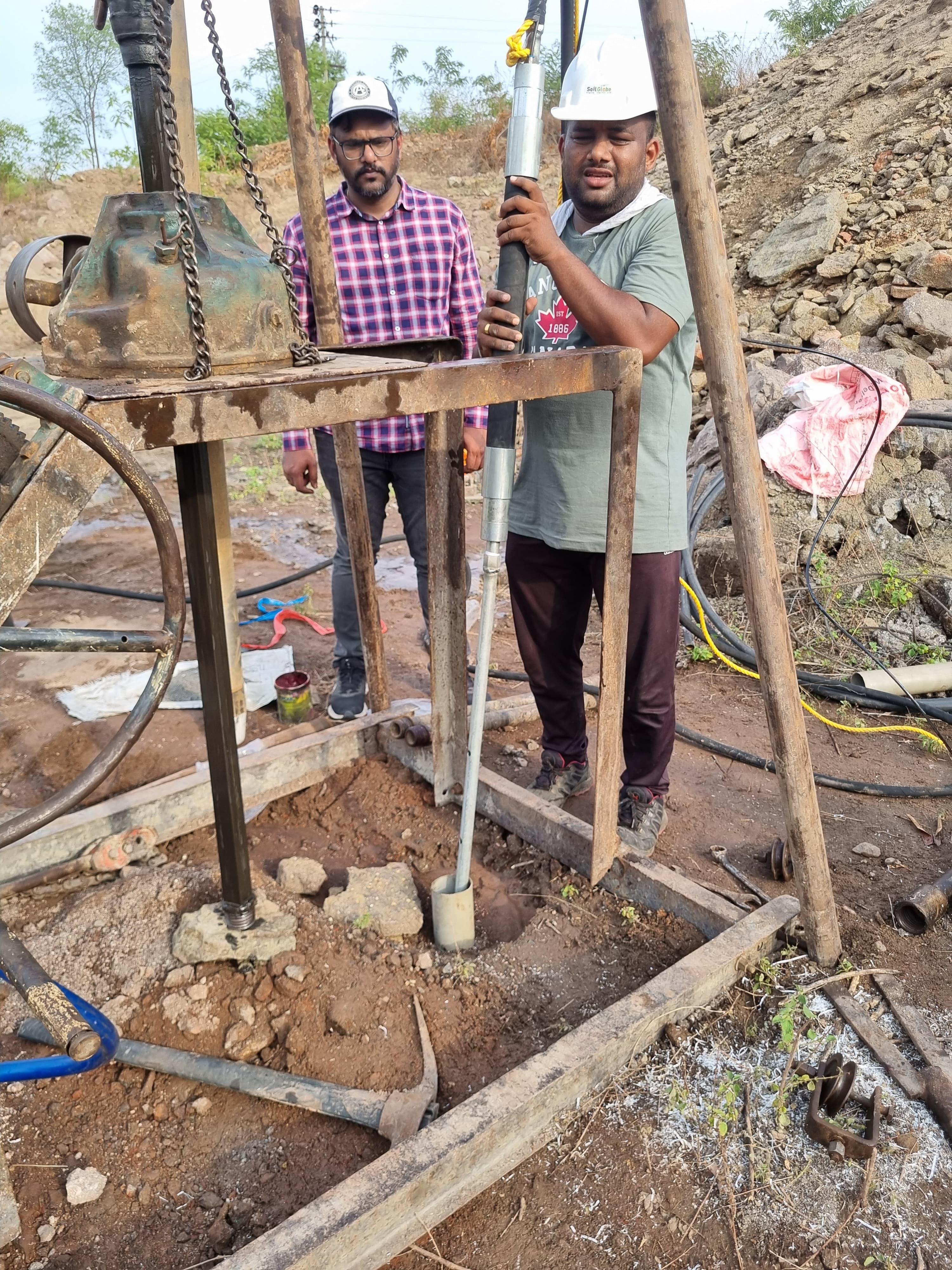








































.png)
